by Louise Irvine
The most unexpected star in this year’s Oscar nominations is an octopus. The creature’s daily life was documented for almost a year by Craig Foster, a South African filmmaker, and naturalist, while freediving in an underwater kelp forest. The pair formed an extraordinary bond and the experience changed Foster’s life. The octopus is also an unlikely muse for artists, but you will see its allure when we launch Chelsea Rousso’s latest Fashion and the Fired Arts project at WMODA on Saturday, April 17.
In the amazing Netflix documentary, Craig Foster first spotted the octopus disguising itself with shells to escape from its main predator, the Pyjama shark. During his daily dives, Foster watched a dramatic shark attack when the octopus lost one of its eight arms, which regenerated over several months. On another occasion, the octopus cunningly outwitted the shark by riding on the predator’s back.
The octopus is a marine mollusk from a group called Cephalopoda that includes squid, cuttlefish, and nautilus. These animals are characterized by having no vertebrae and multiple arms or tentacles. The octopus evolved without a protective shell and developed heightened intelligence, the ability to camouflage, and strong, flexible arms. Squids mostly swim in shoals in the open ocean while octopuses are solitary animals that live on the seafloor in tiny, dark crevices.
The strange appearance of the octopus has led to fantasy illustrations depicting them as fearsome sea monsters, for example the Kraken is a giant octopus that terrorized sailors in 19th-century accounts. Jules Verne’s classic adventure tale 20,000 Leagues under the Sea, first published in 1871, makes them particularly terrifying.
Mollusks in Glass
Some of the most marvelous models of marine invertebrates were fashioned meticulously in glass by Leopold and Rudolf Blaschka in the late 1800s. The father and son specialized in making lamp-worked glass models for research purposes and focused on modeling soft-bodied organisms because laboratory specimens preserved in alcohol were prone to losing their shape and color. Glass was the perfect material for conveying the translucency of these underwater animals. Venetian lampworker Dario Frare has continued the tradition of mollusks in glass with his superb renderings of octopus and squid which can be purchased at the WMODA shop. Josh Fradis, who creates colorful Coral Caverns in glass, occasionally adds octopuses to his designs as can be seen in our new Earth, Air, Fire & Water exhibit.
Mollusks in Clay
British potter, Roger Cockram, was formerly a marine biologist so it is not surprising to see his stunning stoneware bowl depicting a solitary octopus or his vessel with a shoal of squid in the DIVE into WMODA exhibition. The undulating arms of the octopus also inspired Philip Richardson at the Moorcroft Pottery and Sally Tuffin at the Dennis Chinaworks, who entwined them around vase designs. Sally was originally a famous fashion designer in London during the swinging 1960s and she often portrays unusual subjects in her striking surface patterns. Sally’s marine fantasies in the DIVE into WMODA exhibit include jellyfish, lobsters, crabs, and an octopus.
Mollusks in Fashion
Long-term WMODA fans will remember that Sally Tuffin was a star of our first Flair for Fashion exhibit and our Carnival & Cabaret exhibition includes her portraits of the celebrated performer Josephine Baker. For many years, Sally collected the fashionable Goldscheider figures, which are a feature of the museum’s Art Deco displays, and these have been an important influence on her work.
Glass artist and fashion designer, Chelsea Rousso, has also fallen in love with the Goldscheider figures at WMODA. She is currently working on a project with her former student, Tatiana Cochagne, to create beachwear which merges marine life with Art Deco design. Chelsea’s inspiration was the debut of My Octopus Teacher on Netflix and she appeared at our Mermaid Tale Halloween event dressed in a dramatic black Octopus costume. For her new collection, Chelsea is focused on the color-changing abilities of the octopus and the sinuous movement of its eight arms with circular suckers along their length.
Of course, this is not the first time that the octopus has influenced fashion. Erté, the “Godfather” of Art Deco design, produced mesmerizingly elegant costumes inspired by ocean life. His shimmering costumes for the 1923 Broadway review George White Scandals and later for the 1946 review The Bottom of the Sea in New York City demonstrate his enthralling and theatrical sense of style. Glamourous creations from the Erté archive recently influenced Stella McCartney’s 2020 collection of sustainable luxury fashions. See what Chelsea and Tatiana are planning on April 17 as they embark on their new Fashion and the Fired Arts project with WMODA.
Mollusks in Marine Conservation
Let’s hope My Octopus Teacher wins the Oscar for Best Documentary Feature and heightens global awareness of marine pollution and the need for immediate conservation action. There are valuable lessons to be learned in this breathtaking Netflix film as we become immersed in one man’s relationship with nature. Craig Foster claims his octopus encounter changed his life. “What she taught me was to feel that you are part of this place, not a visitor. That’s a huge difference.”
Learn more about marine conservation and the work of the Ocean Rescue Alliance @ WMODA on April 17.
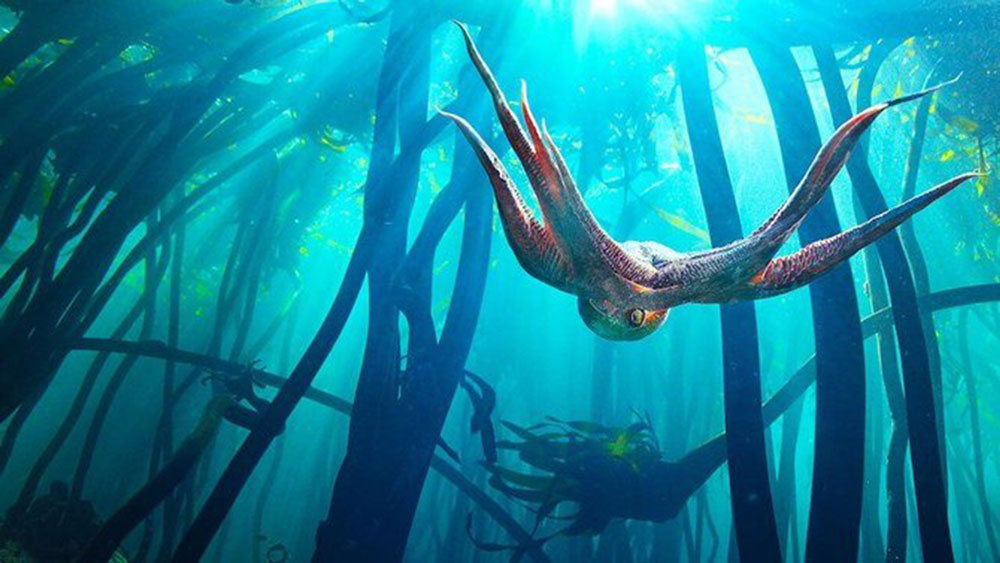
My Octopus Teacher Netflix Documentary
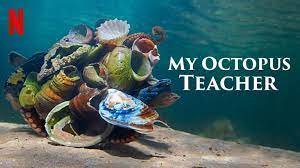
My Octopus Teacher
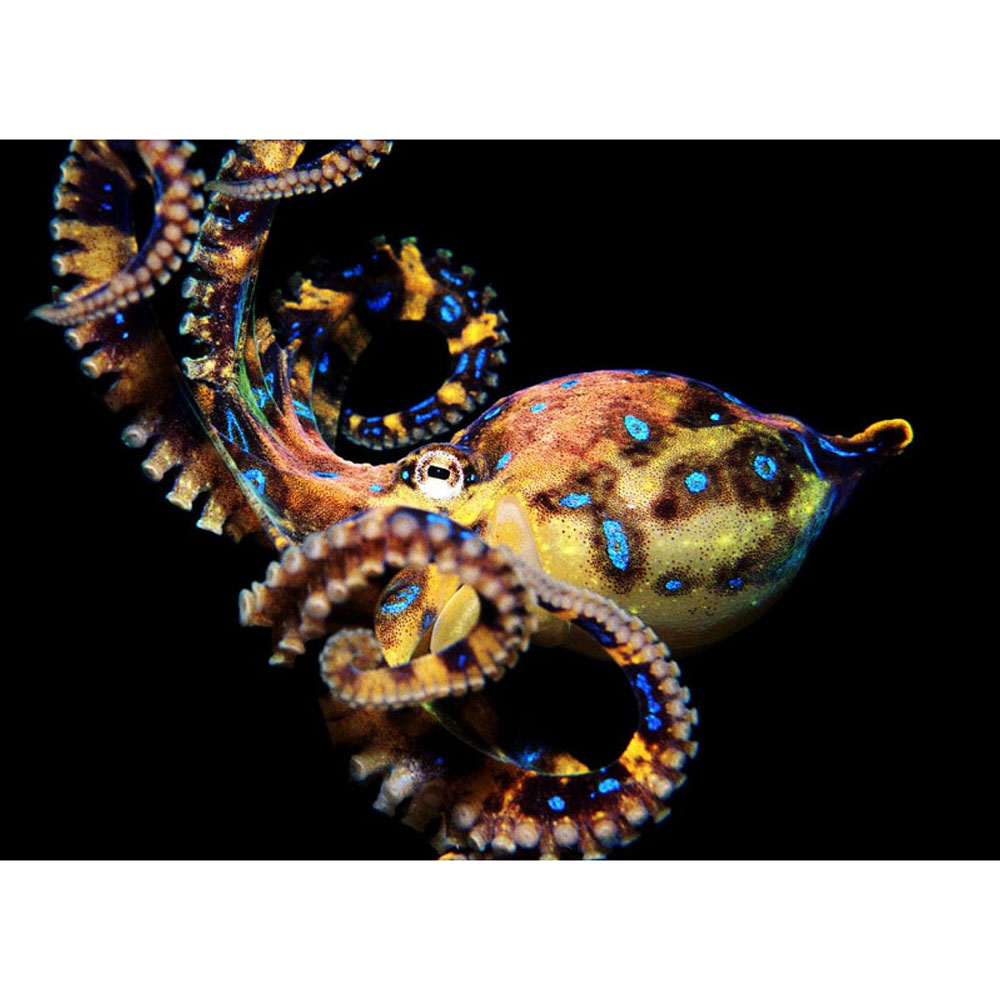
Octopus
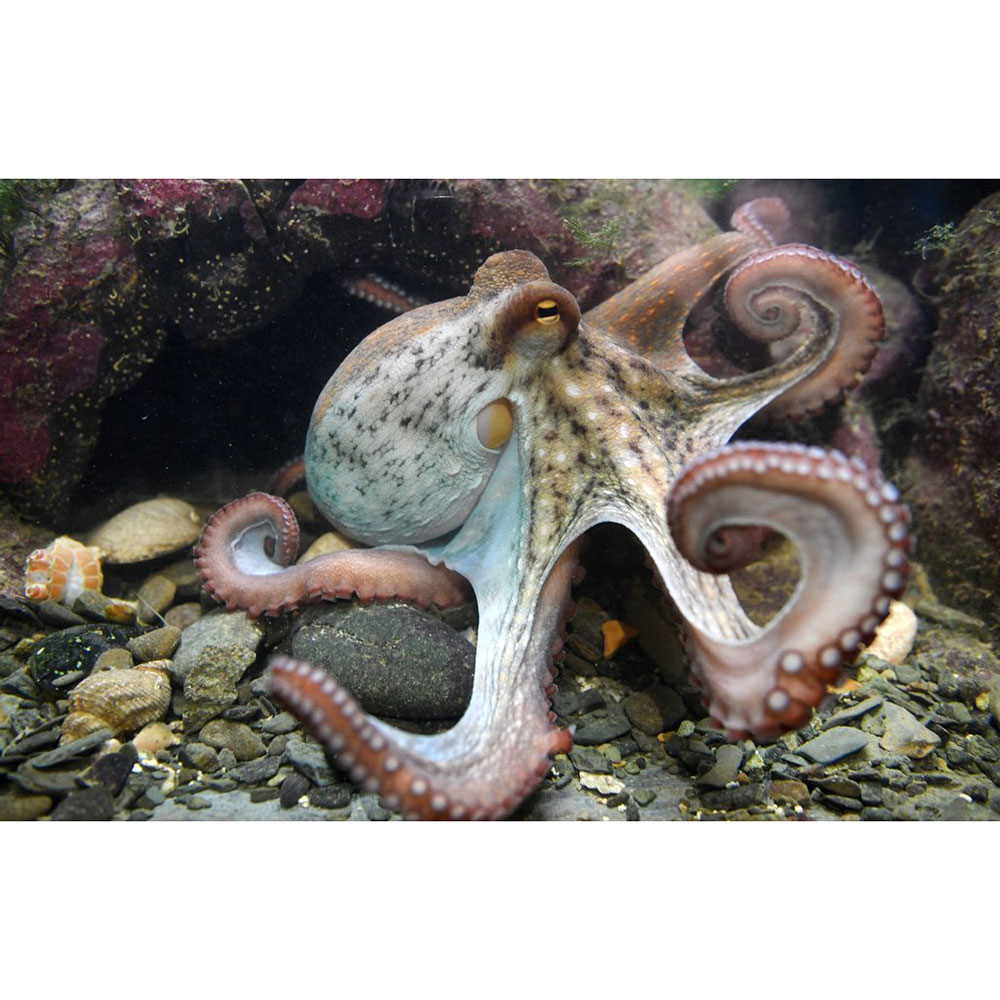
Octopus
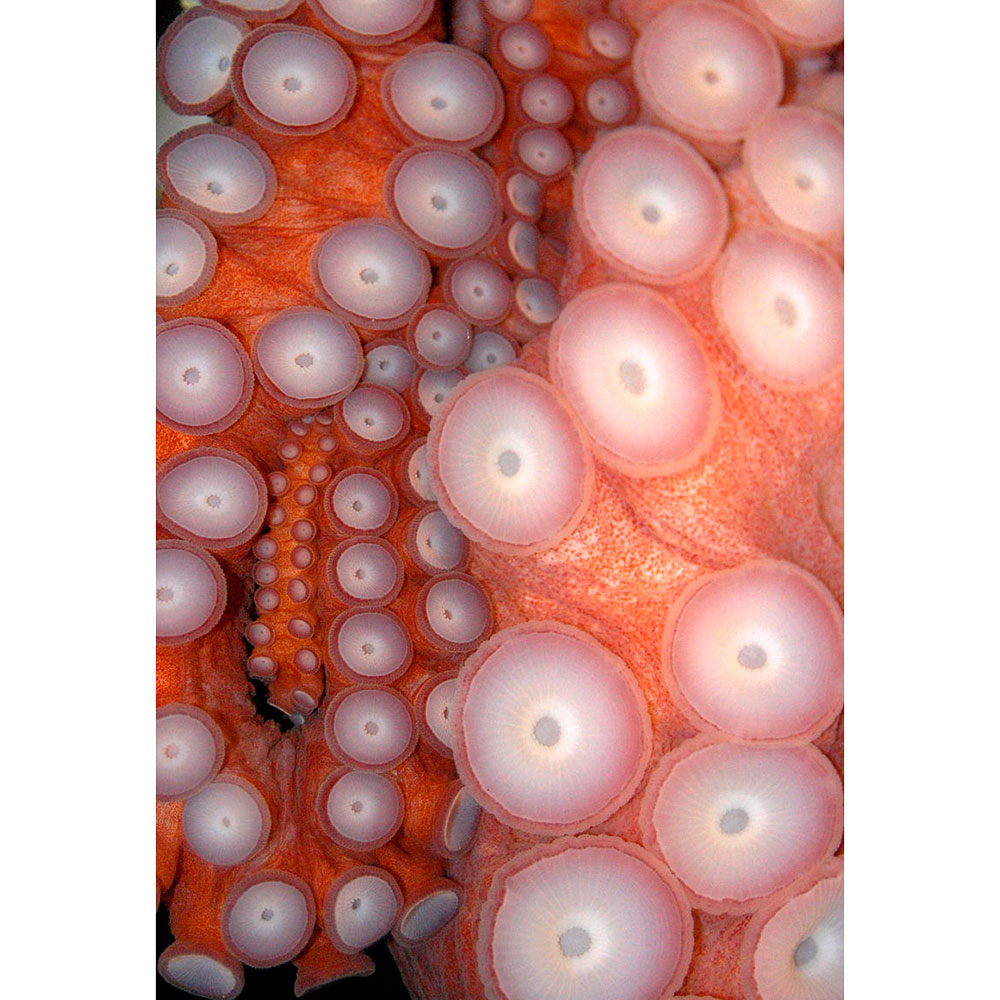
Octopus suckers by Steve Lodefink
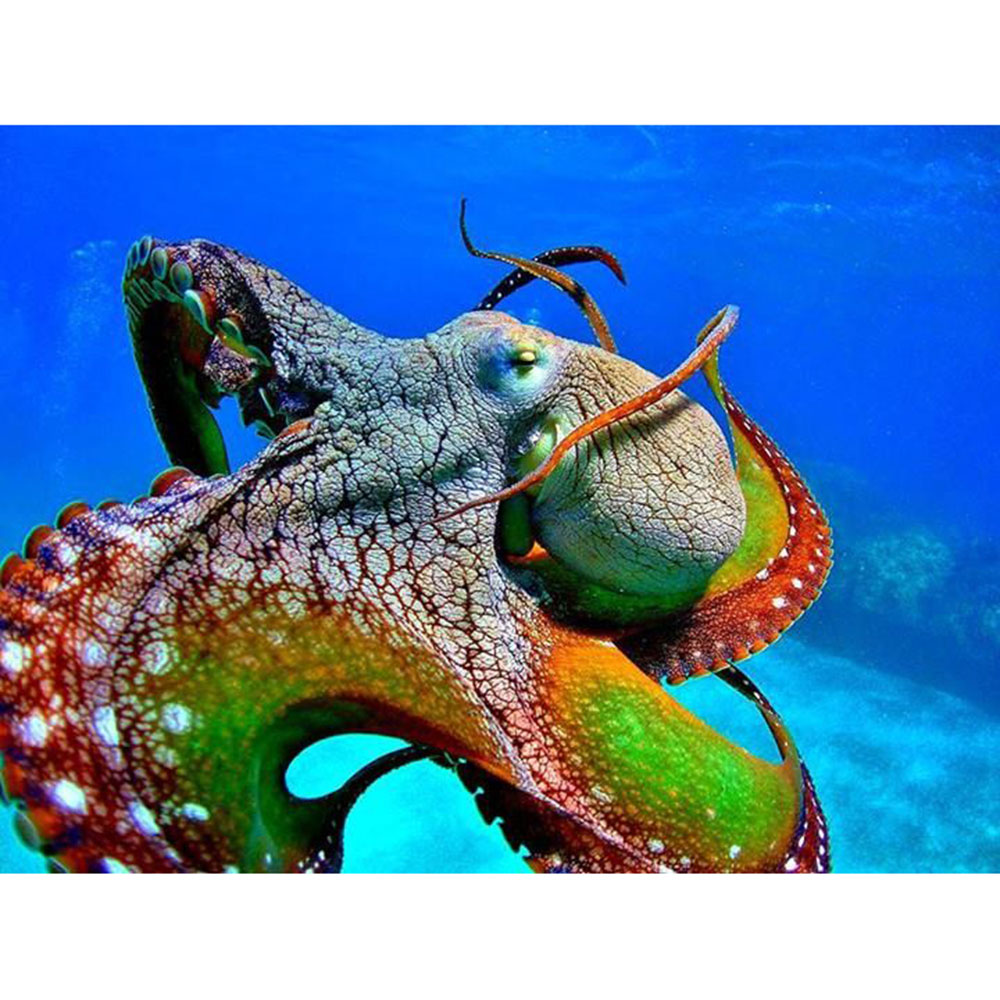
Octopus changing its colors
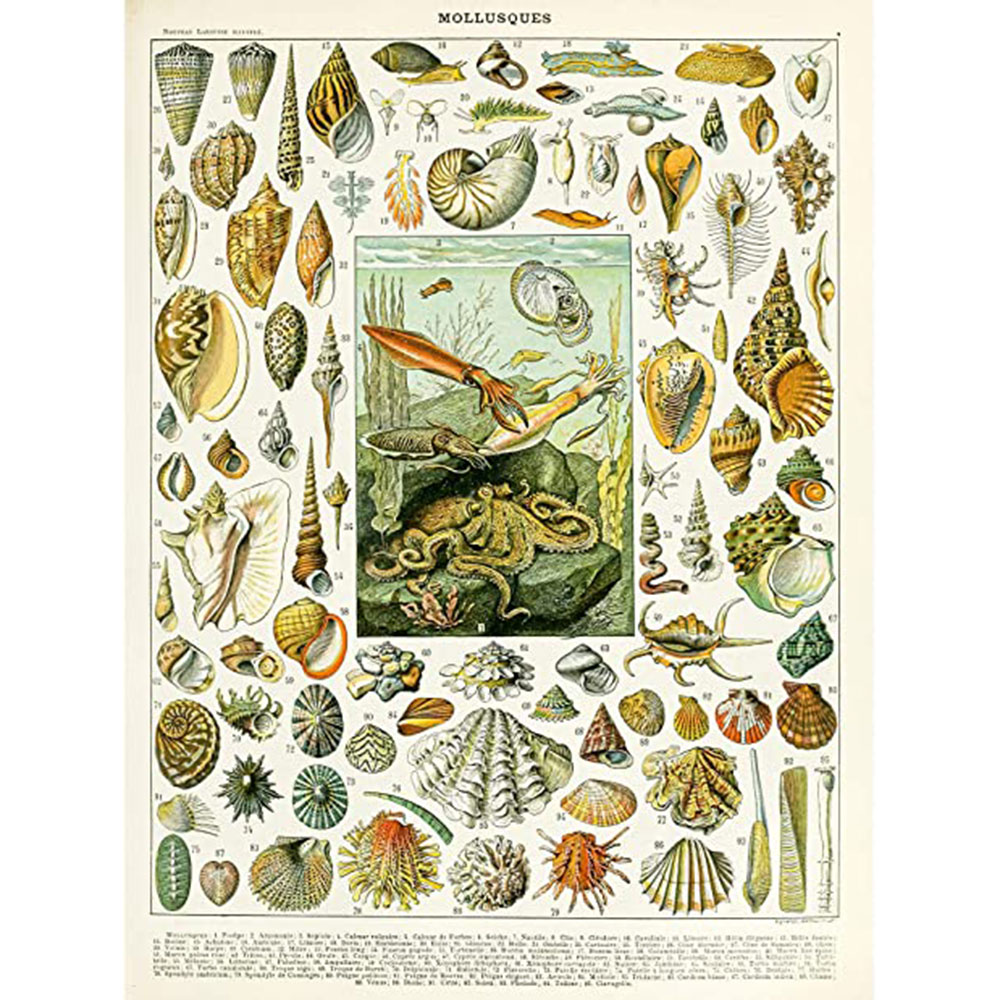
Mollusk family
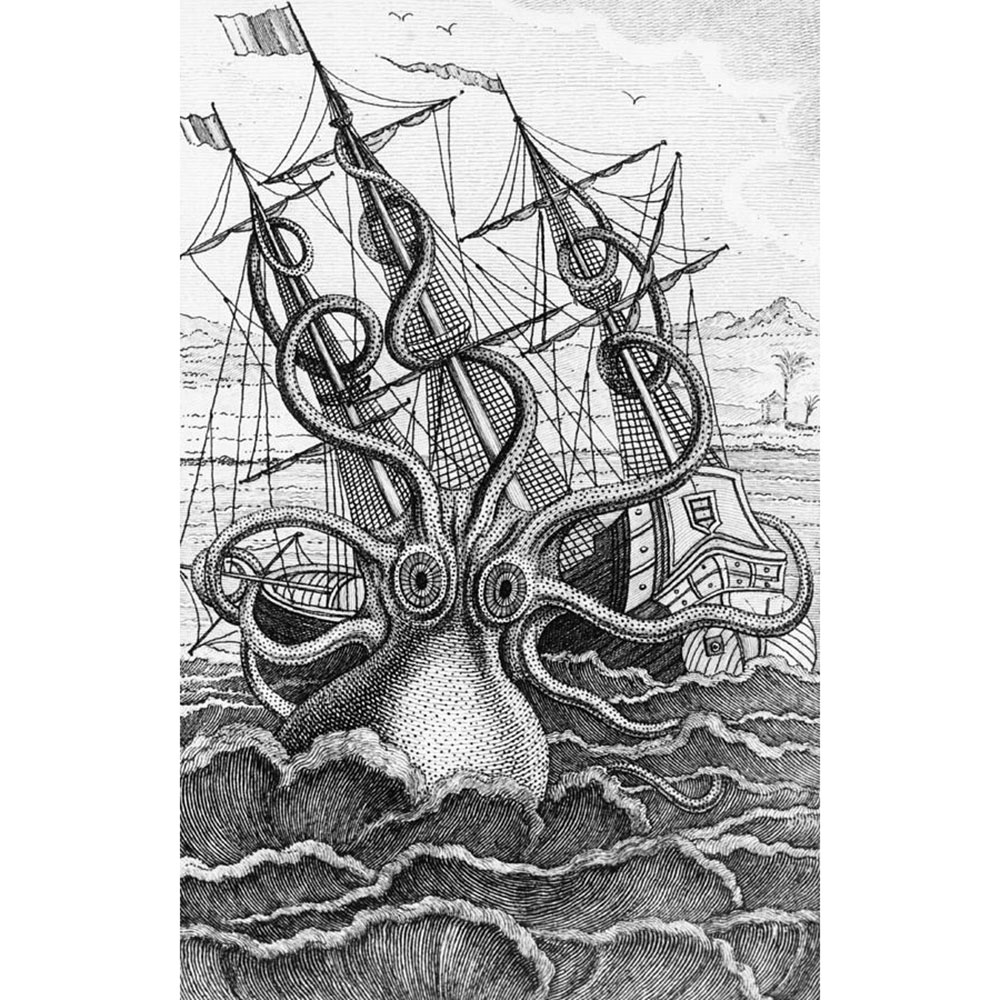
Octopus by P.D. de Montfort
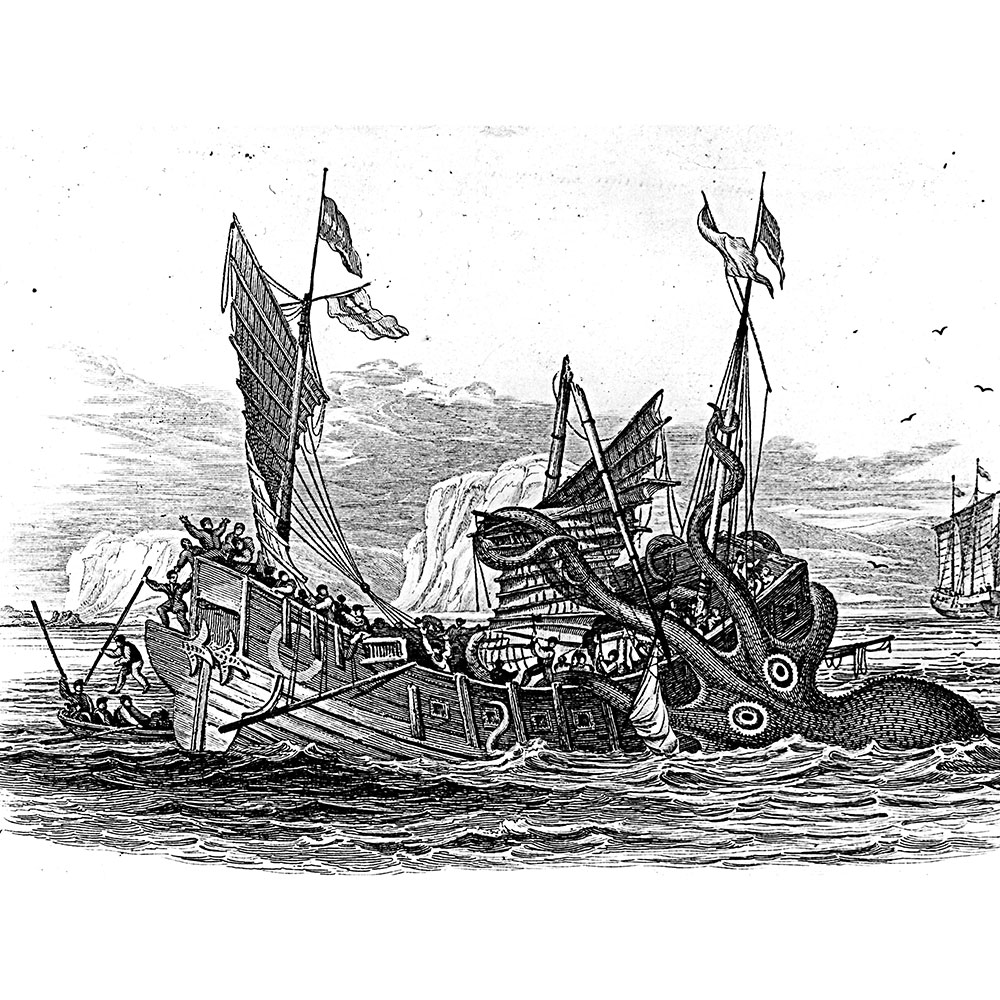
Octopus by P.D. de Montfort
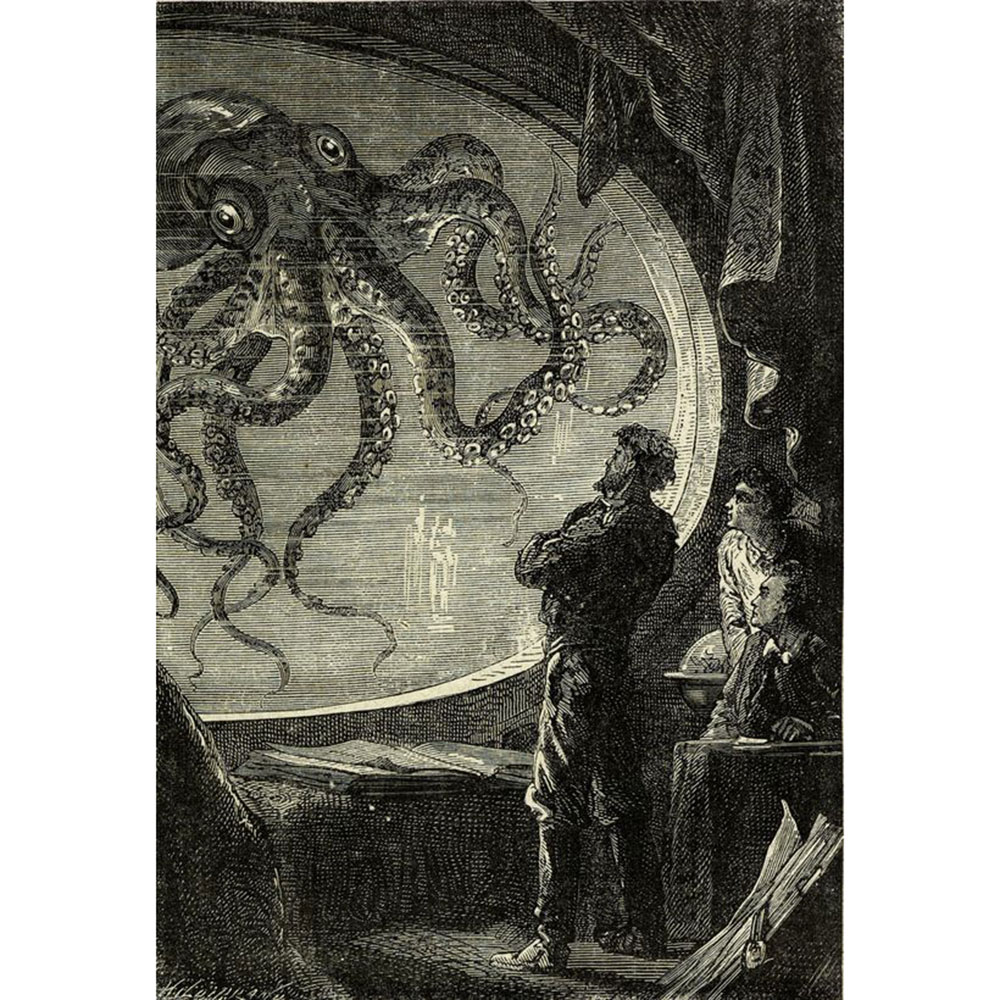
20,000 Leagues Under the Sea
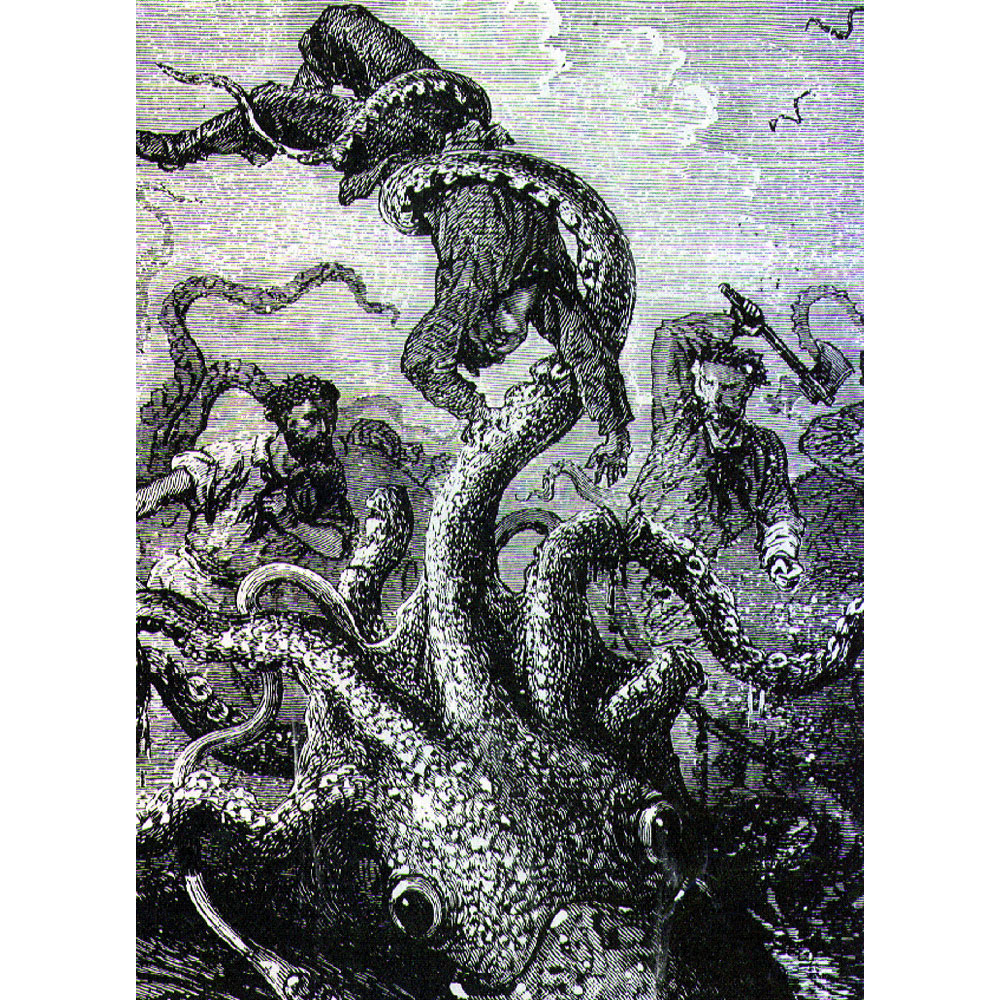
20,000 Leagues Under the Sea Octopus Attack
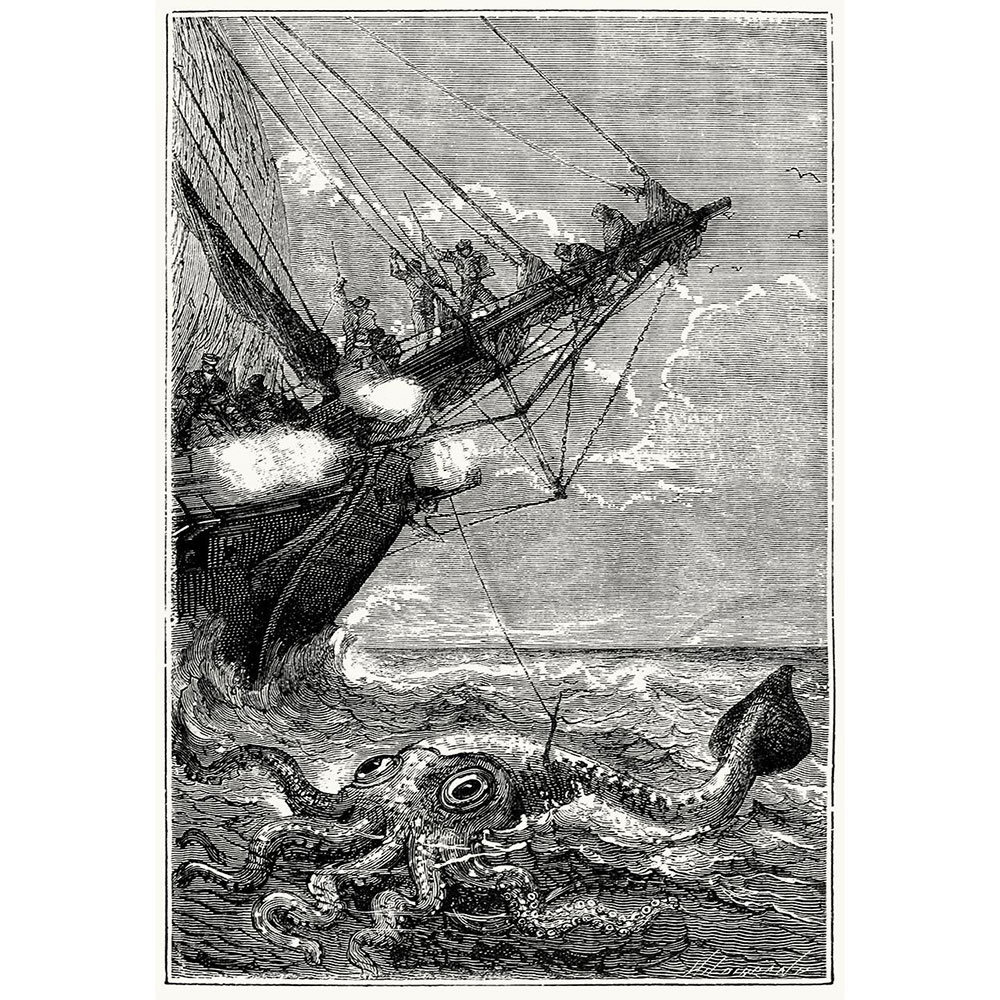
20,000 Leagues Under the Sea Octopus Harpoon
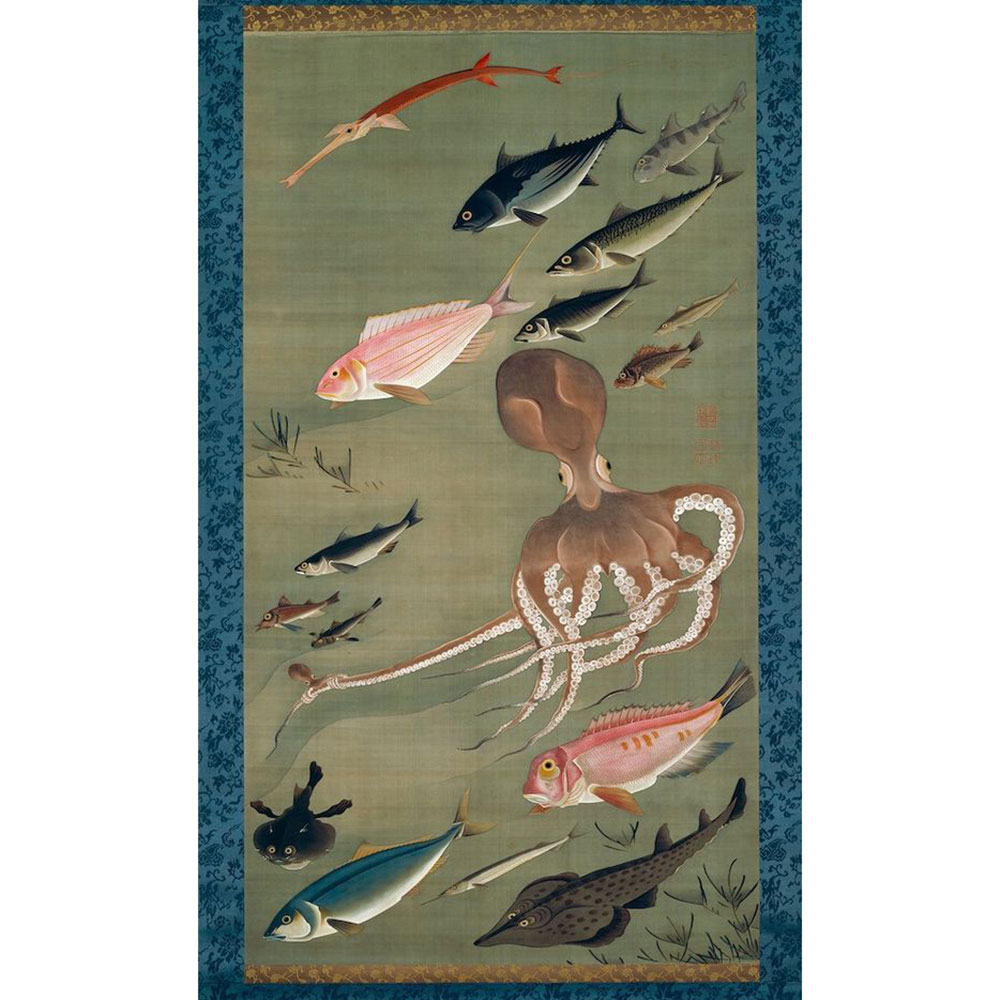
Japanese Scroll
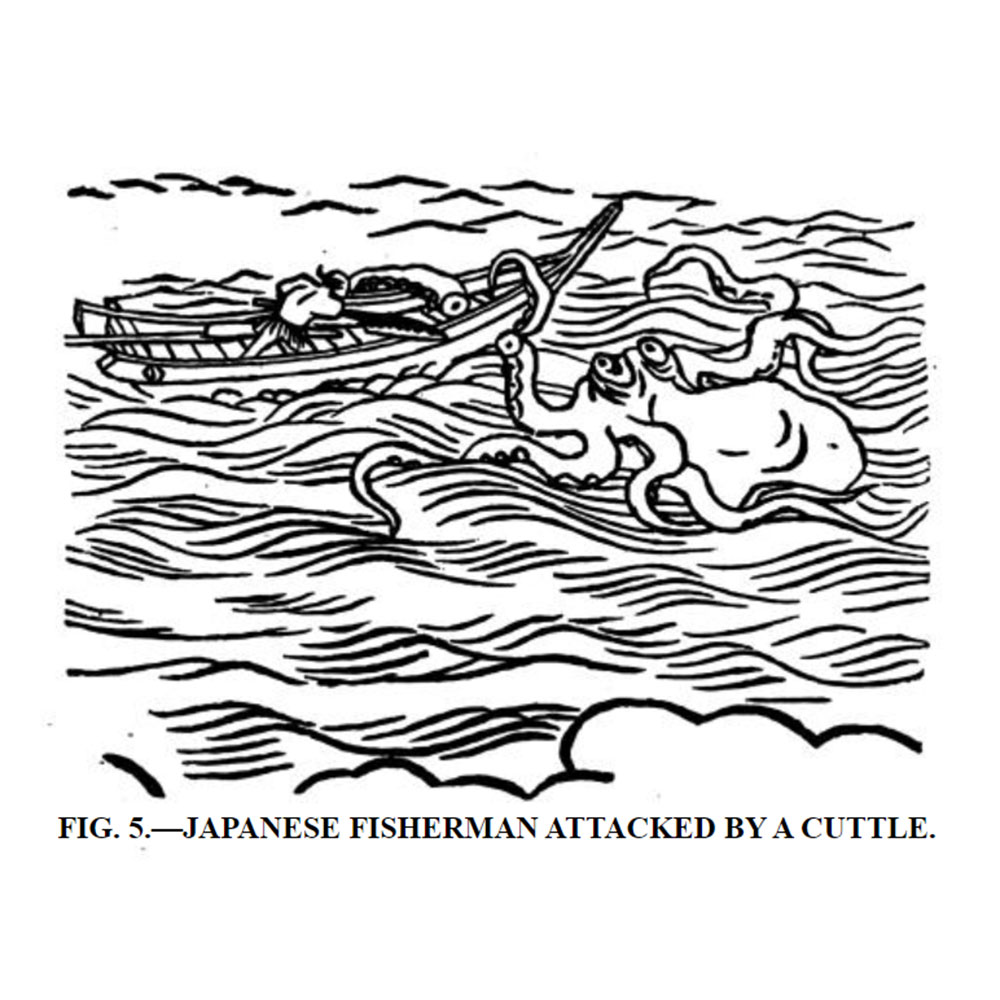
Japanese Fishermen attacked by a octopus
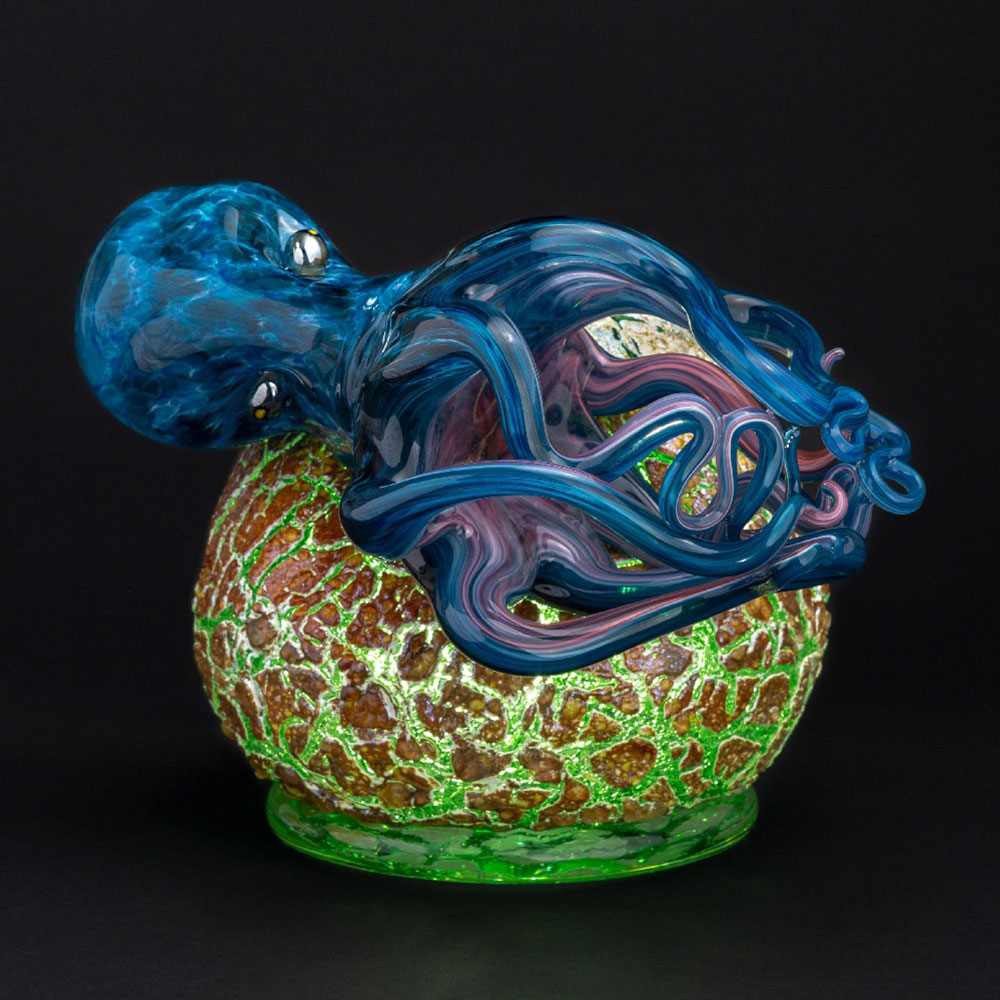
Blue Octopus by J. Fradis
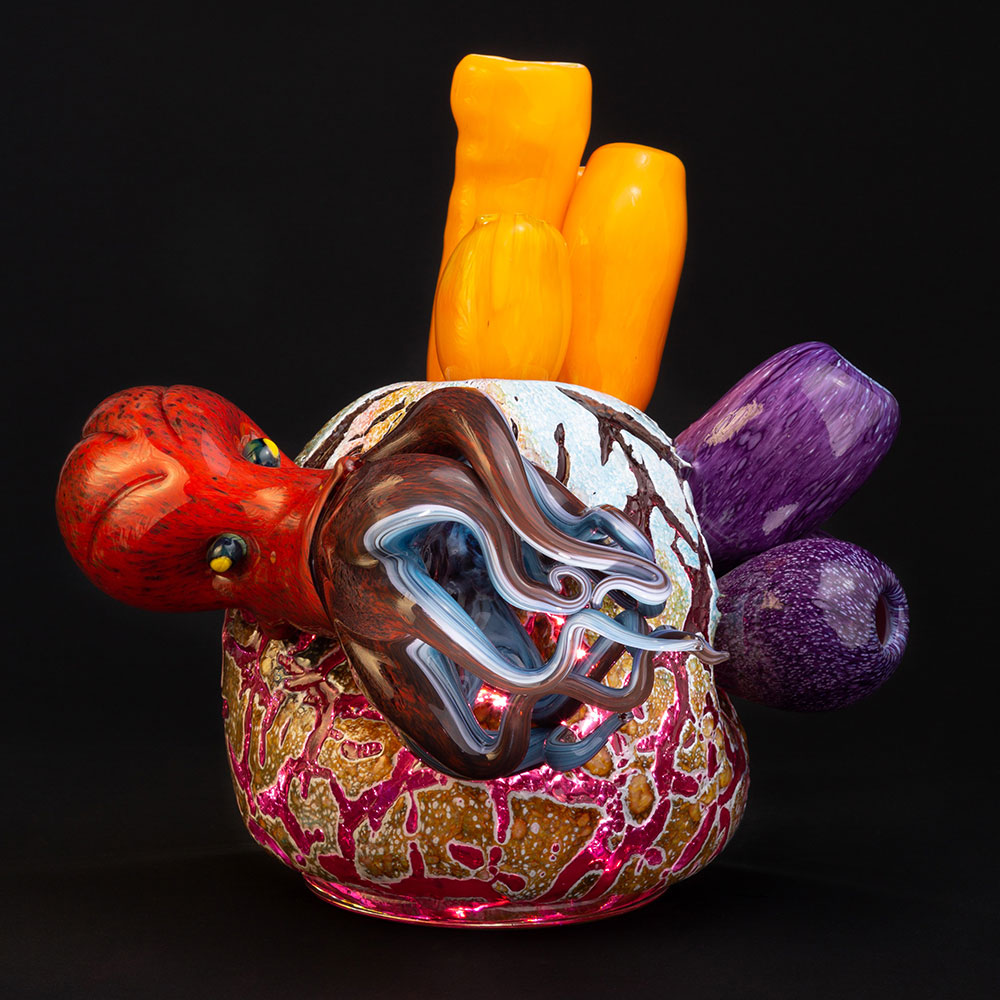
Red Octopus by J. Fradis
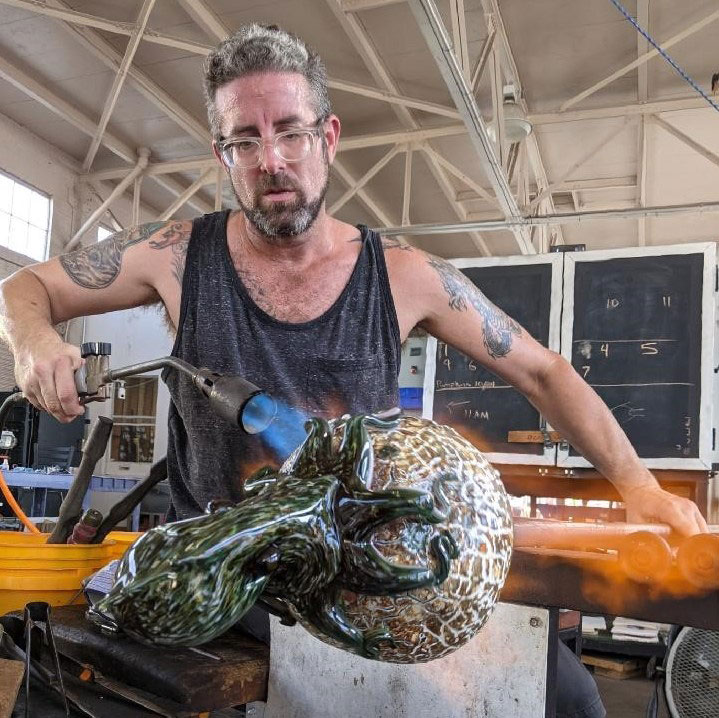
Josh Fradis working on an octopus
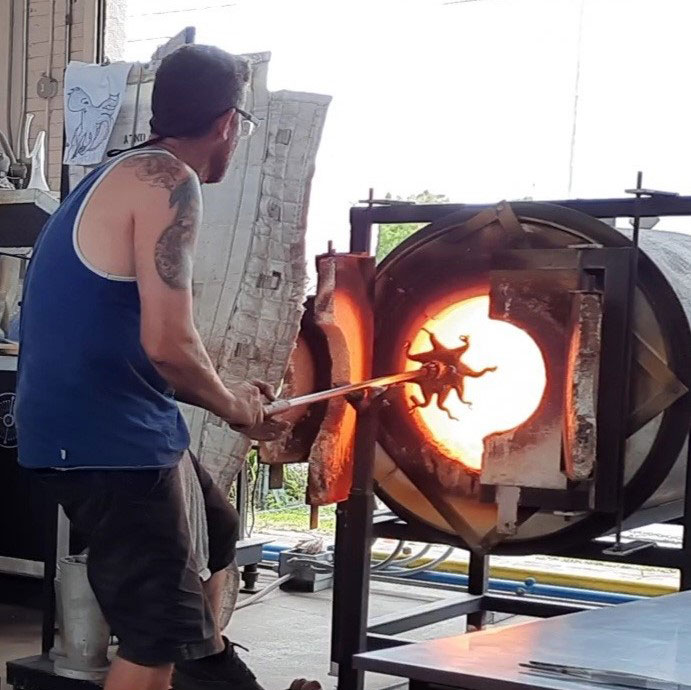
Josh Fradis working on an octopus
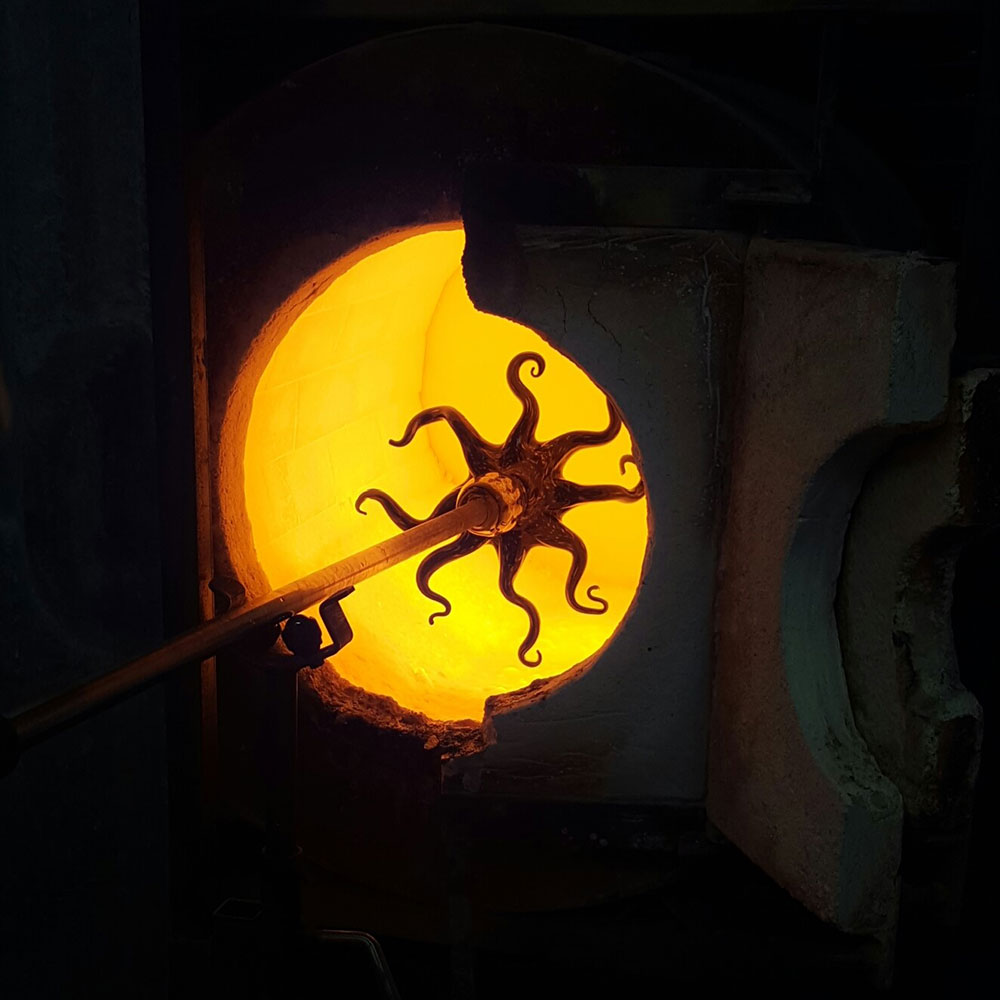
Josh Fradis working on an octopus
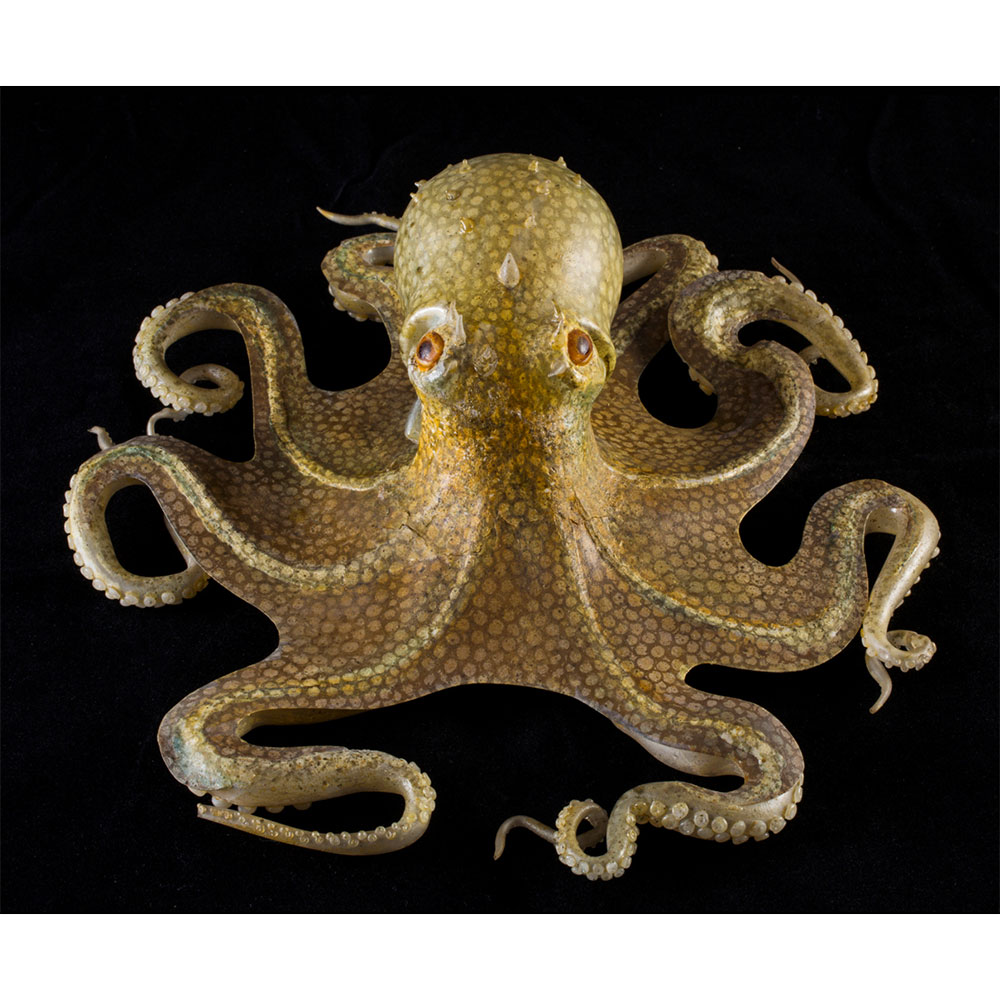
Octopus by Blaschka
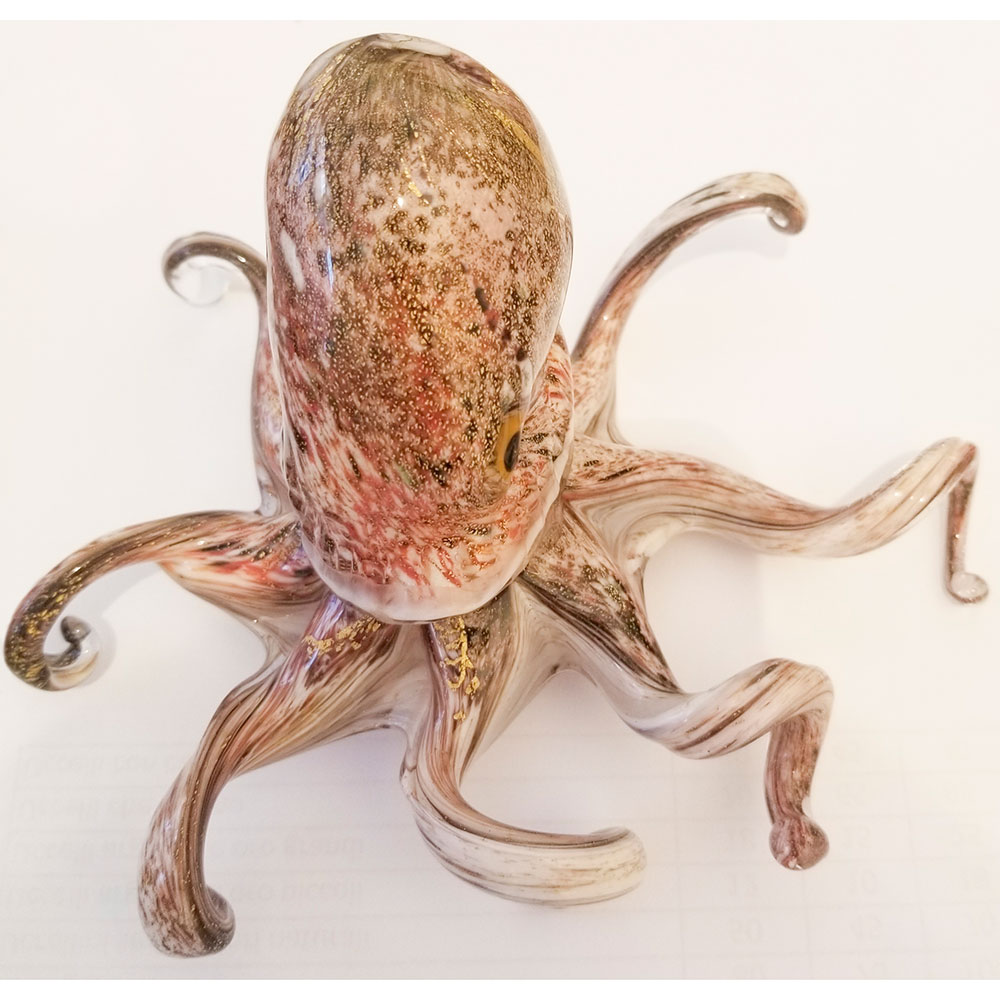
Octopus by D. Frare
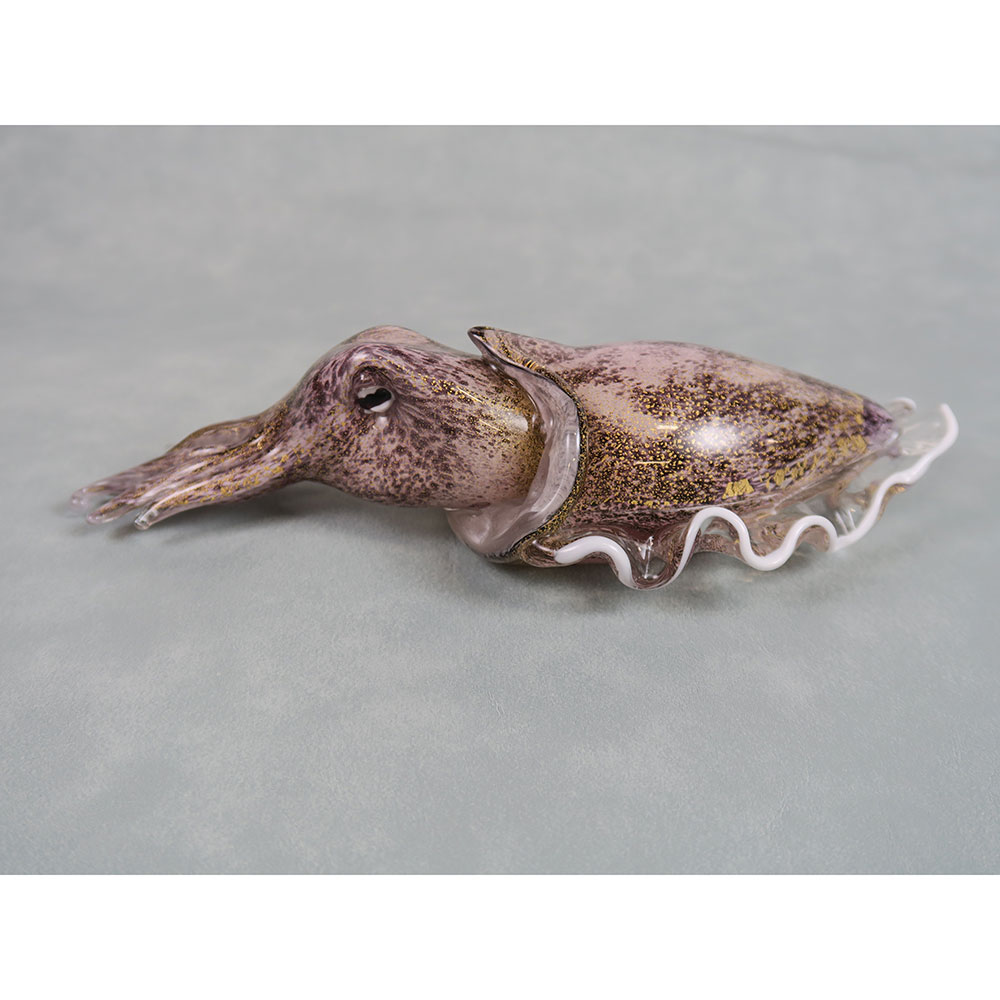
Squid by D. Frare
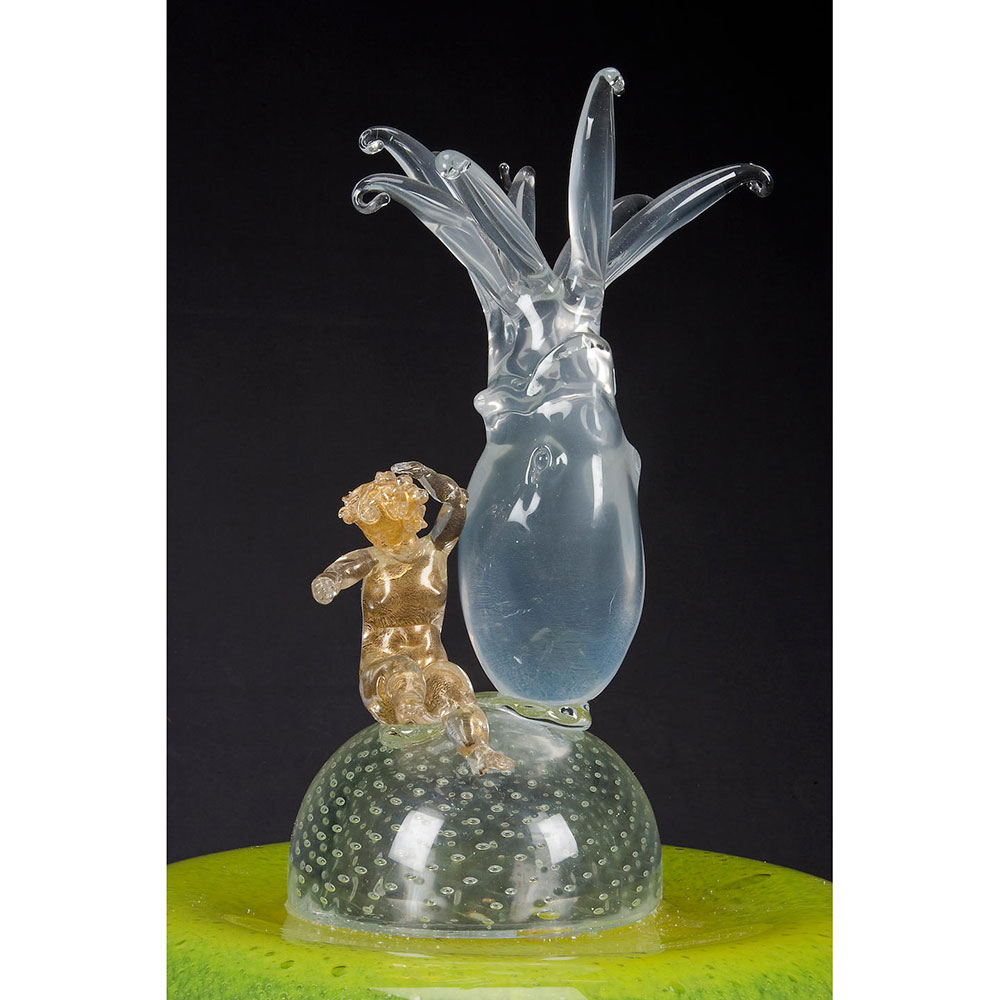
Putto with Squid by Chihuly & Signoretto
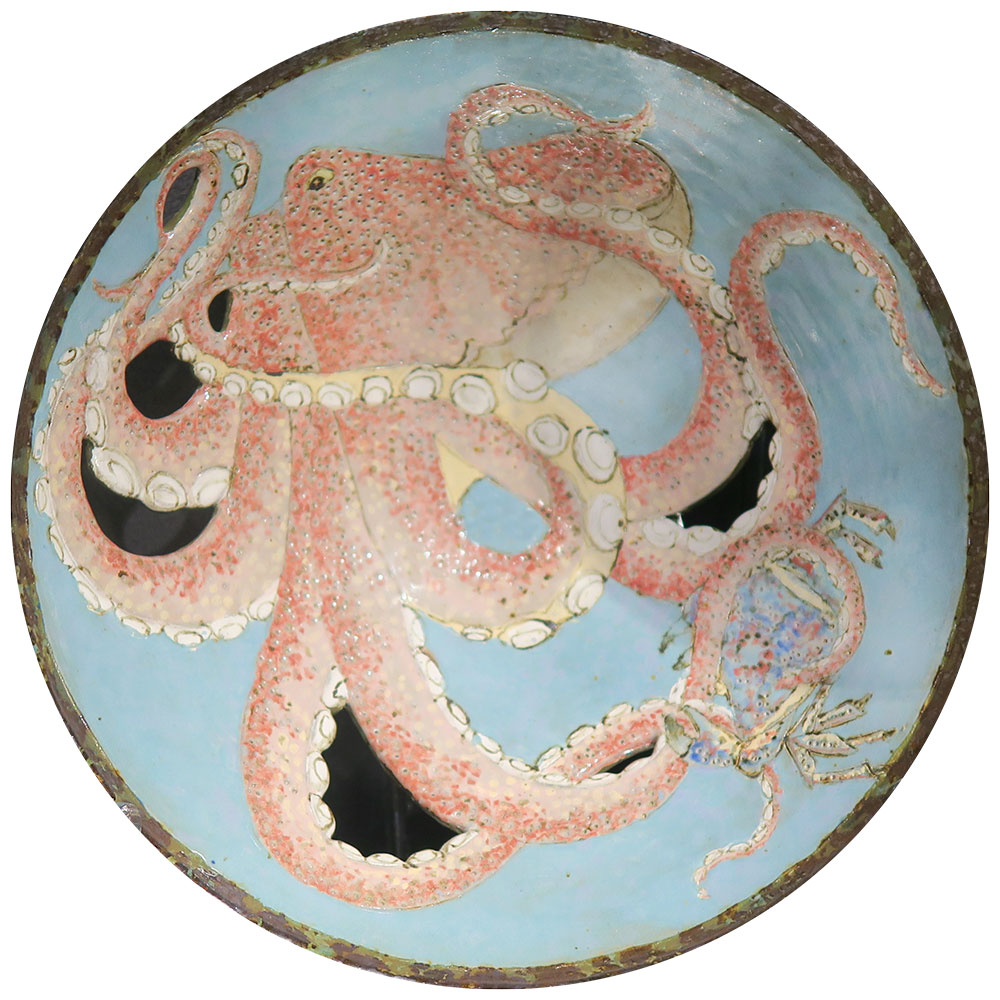
Octopus Bowl by R. Cockram
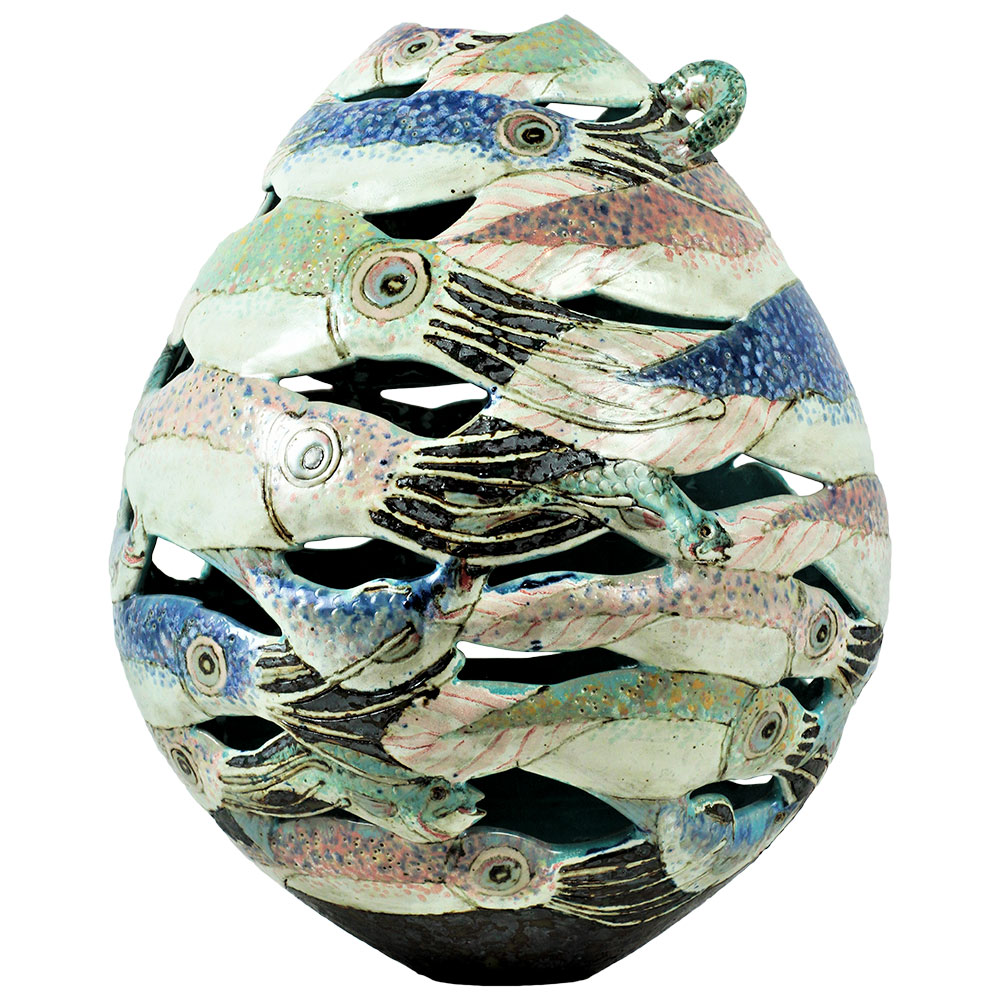
Shoal of Squid by R. Cockram
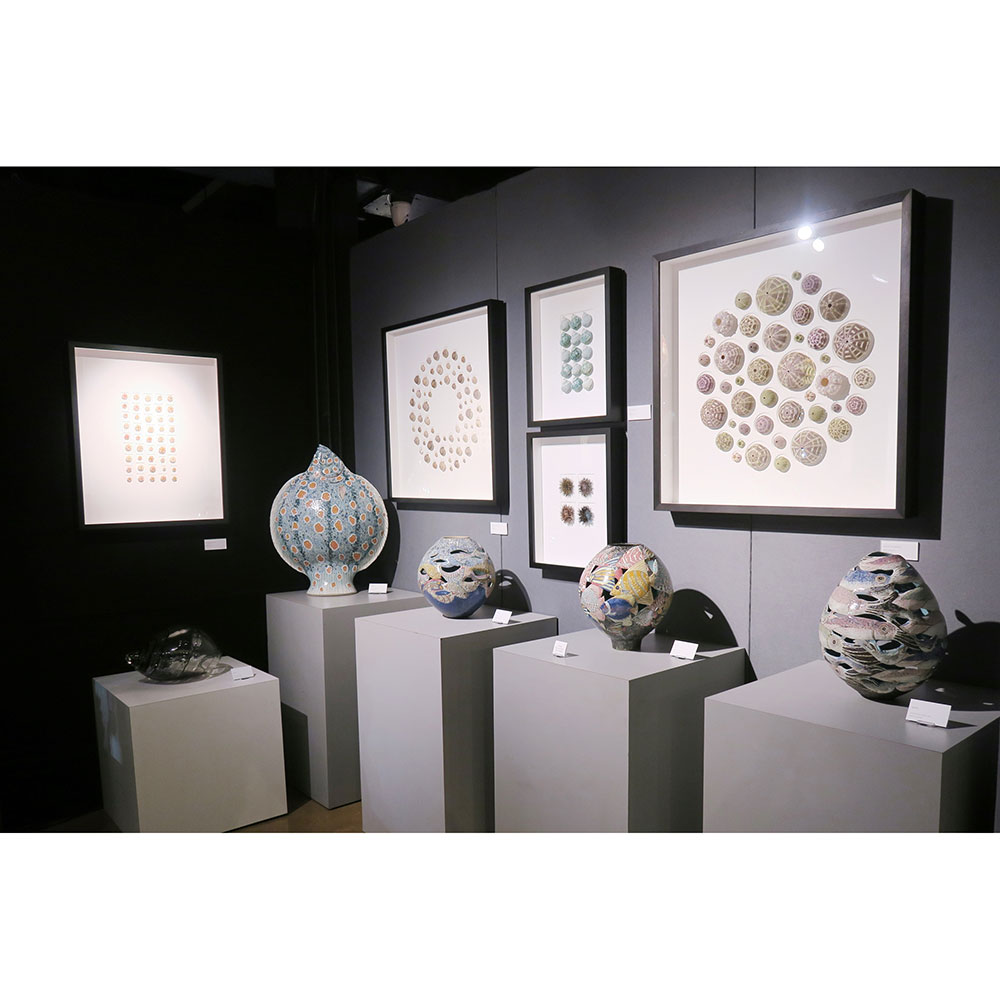
Roger Cockram display @ WMODA during Biophilia 2018
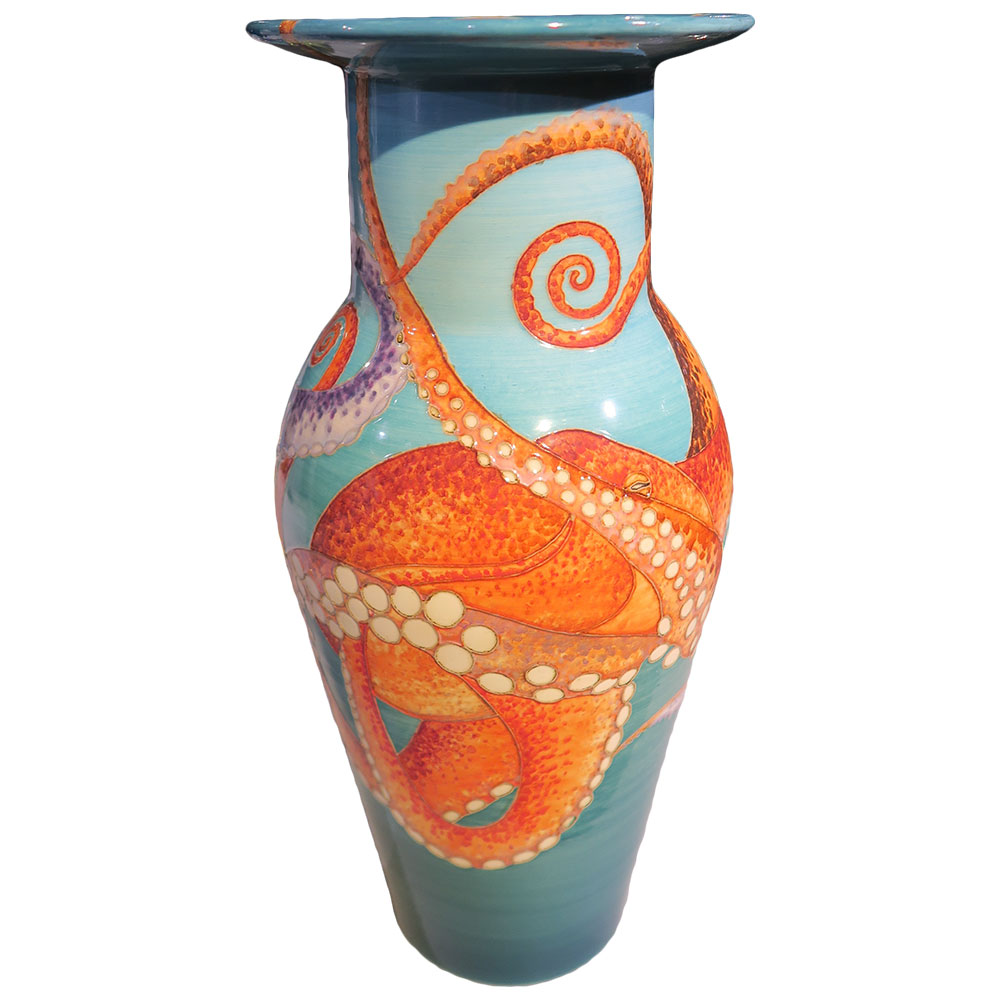
Dennis China Works Octopus trial vase by S. Tuffin
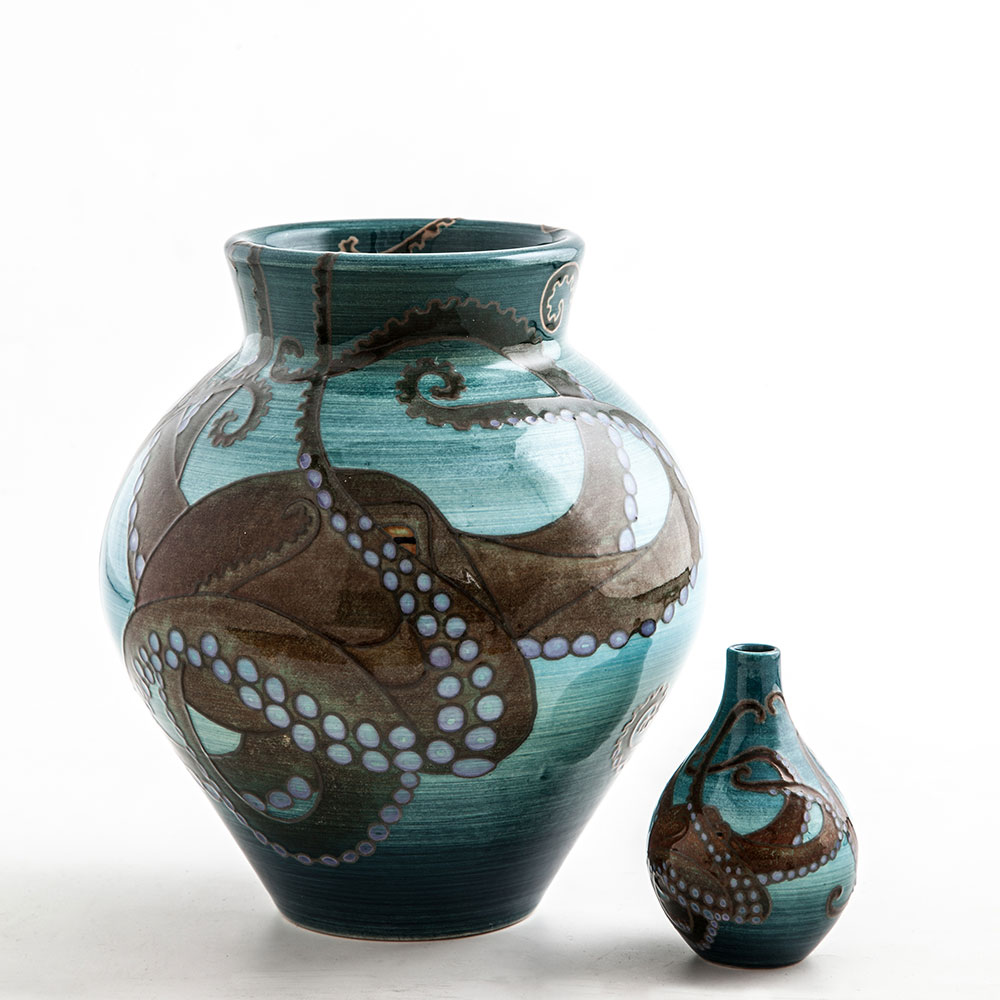
Dennis China Works Octopus Vase by S. Tuffin
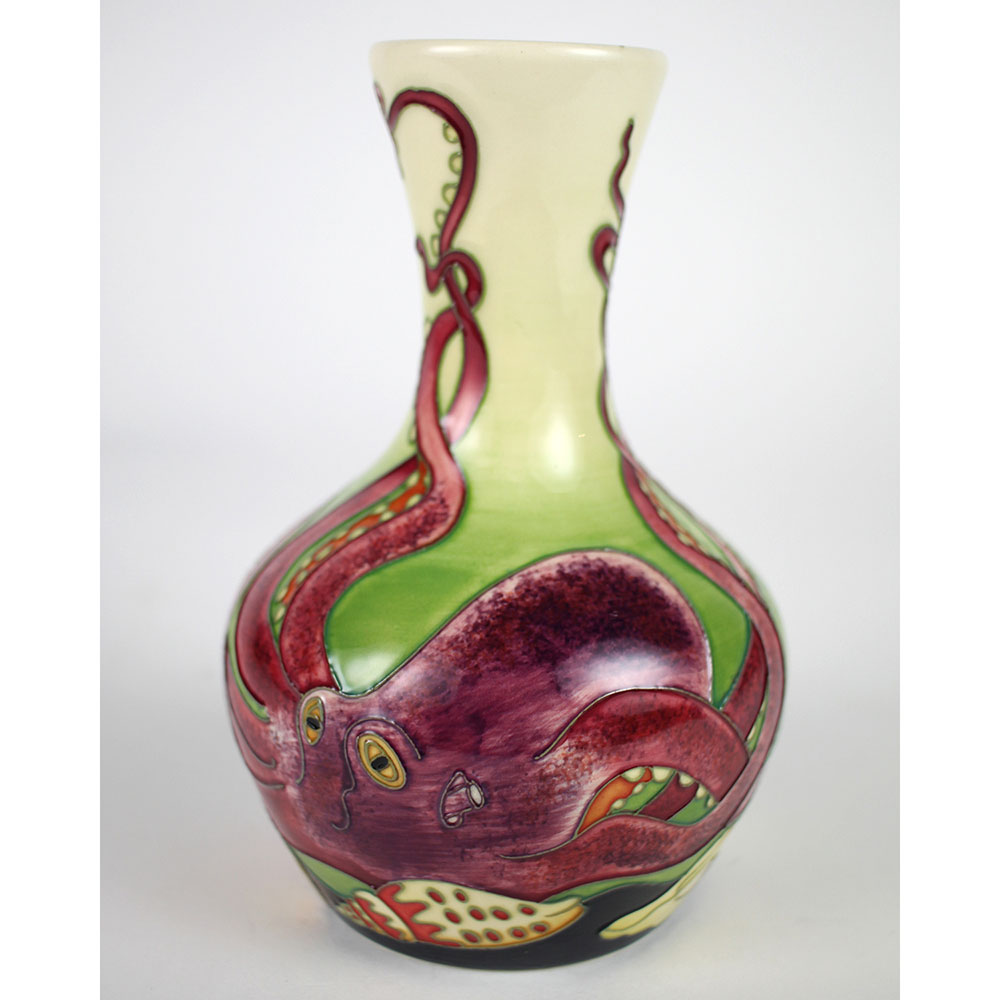
Moorcroft Octopus Vase by P. Richardson
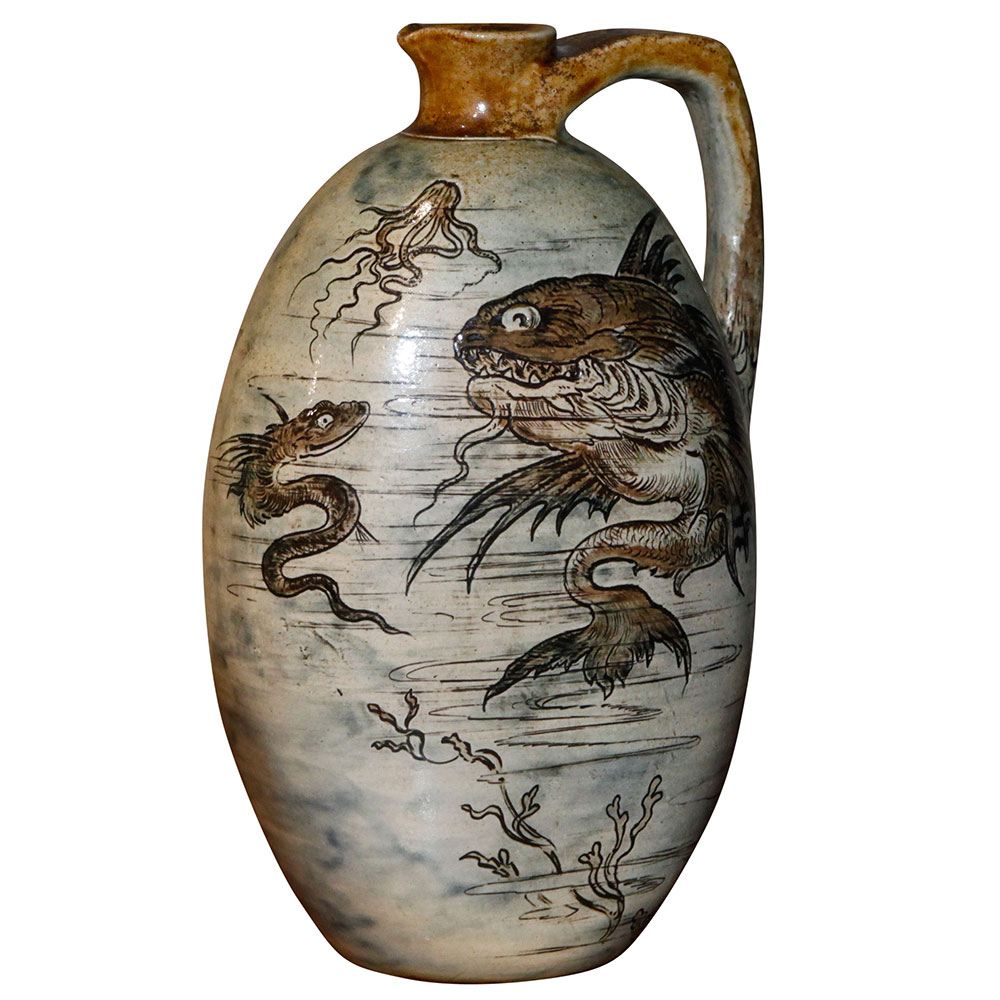
Martin Brothers Fish & Octopus Jug
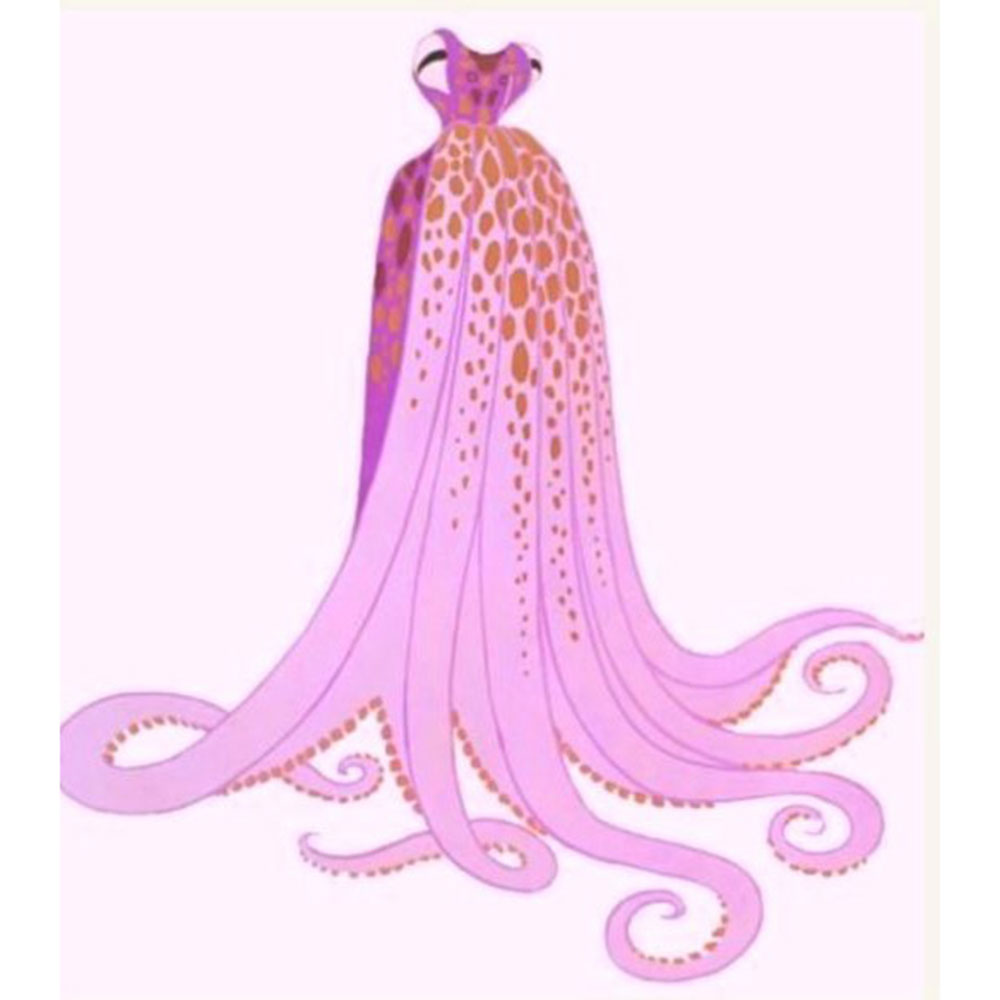
Erte Octopus Bottom of Sea
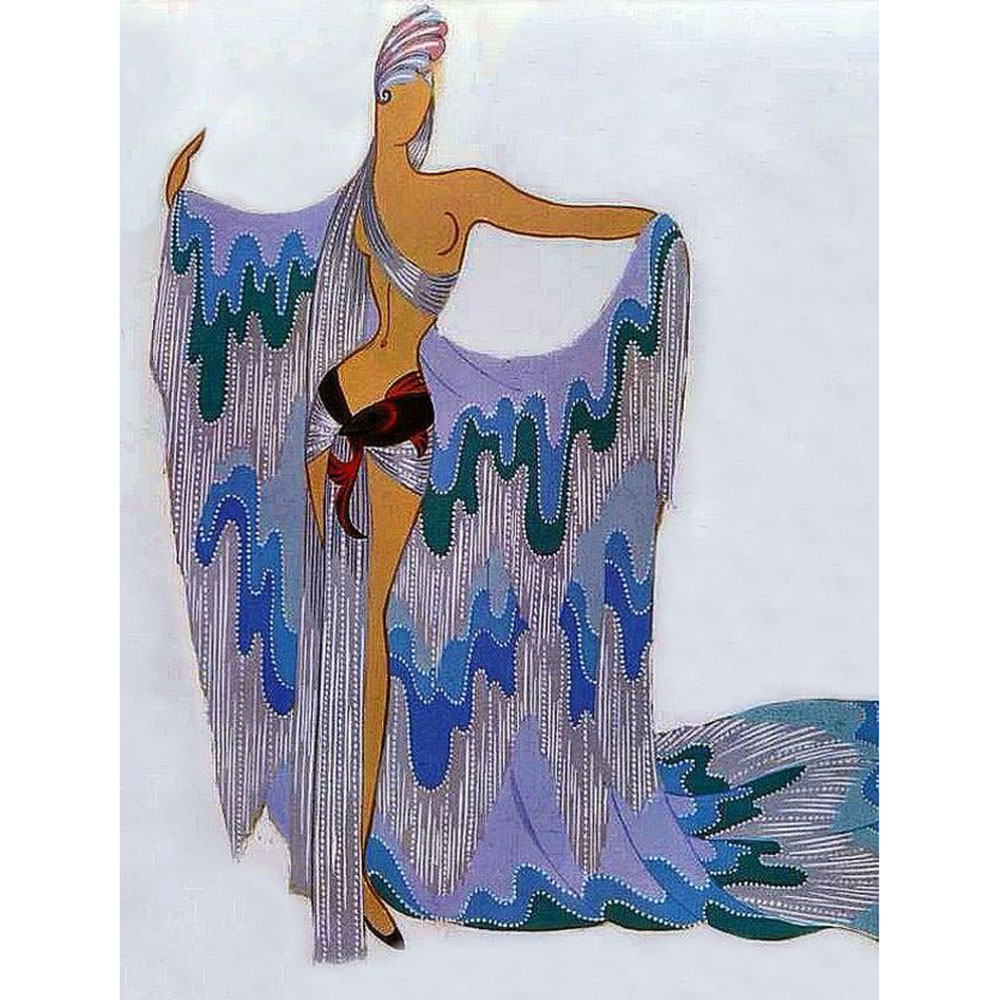
Erte La Mer
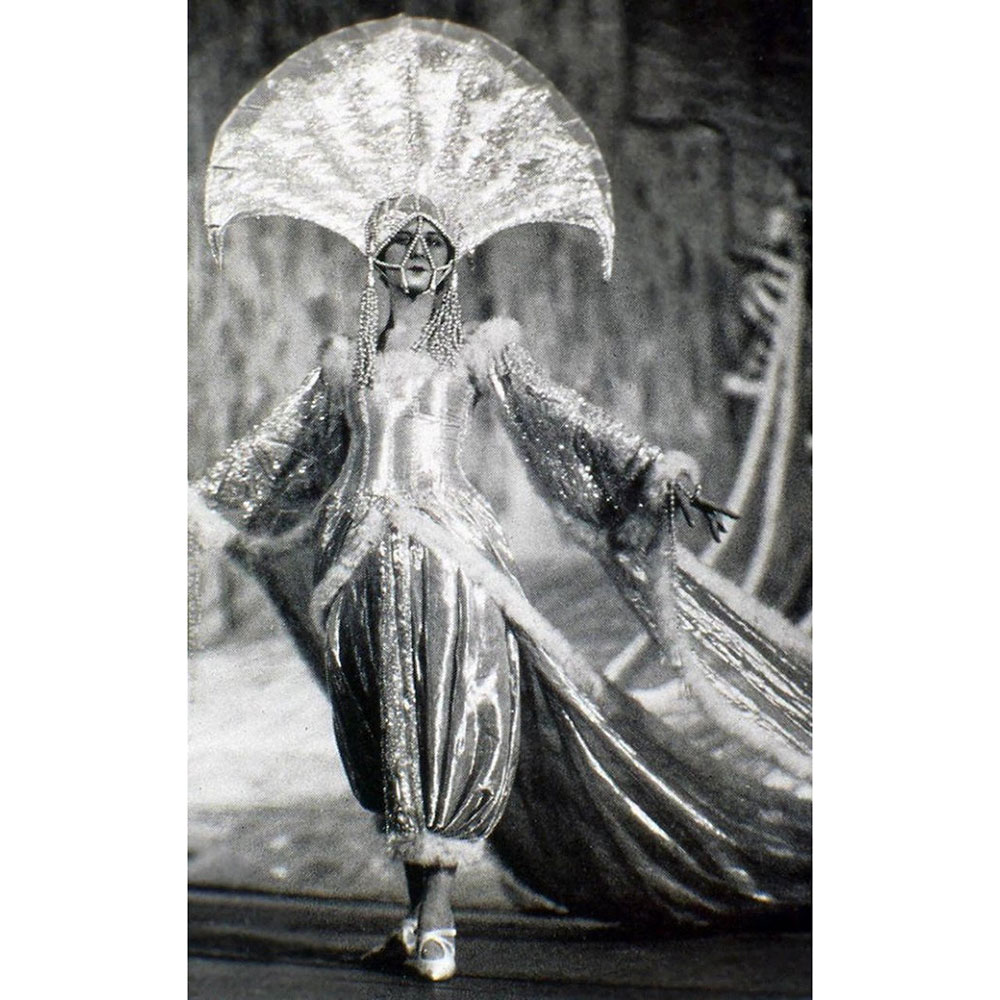
Erte George White Scandals
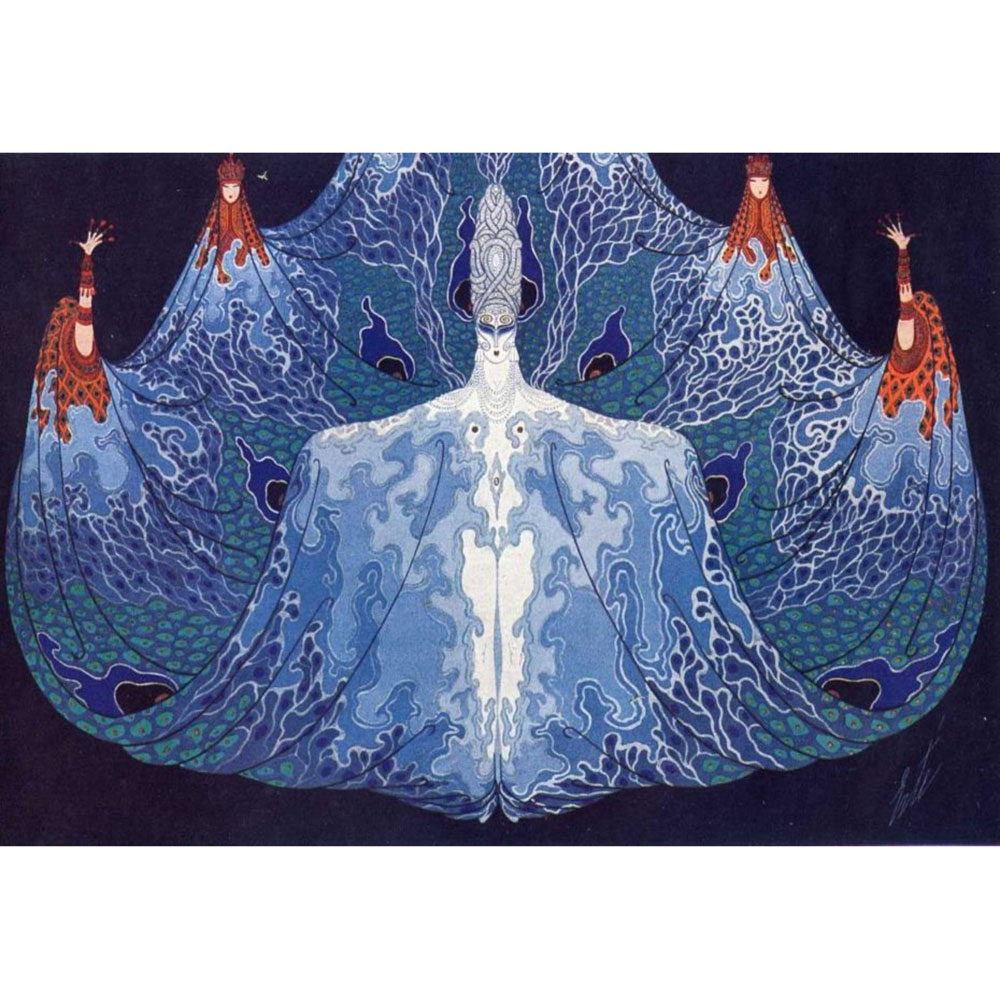
Ocean Erte George White Scandals
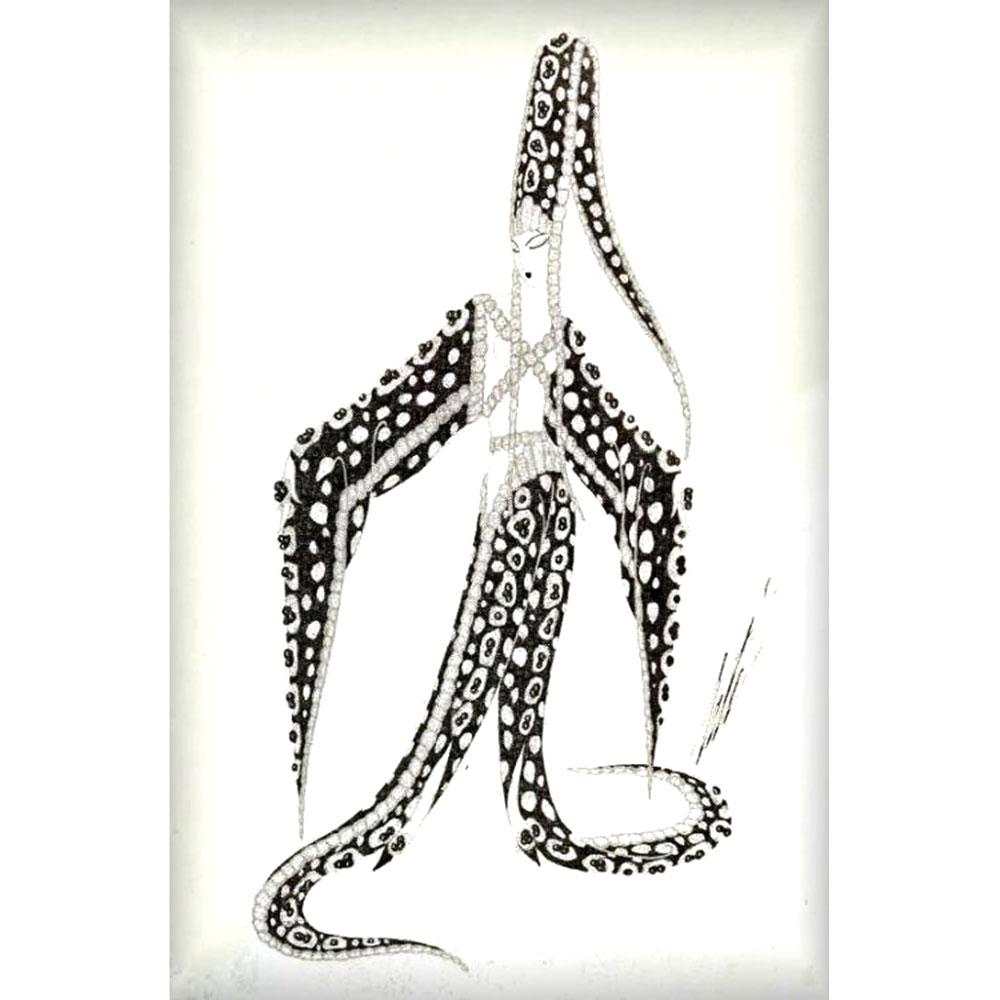
Erte Starfish Bottom of the Sea
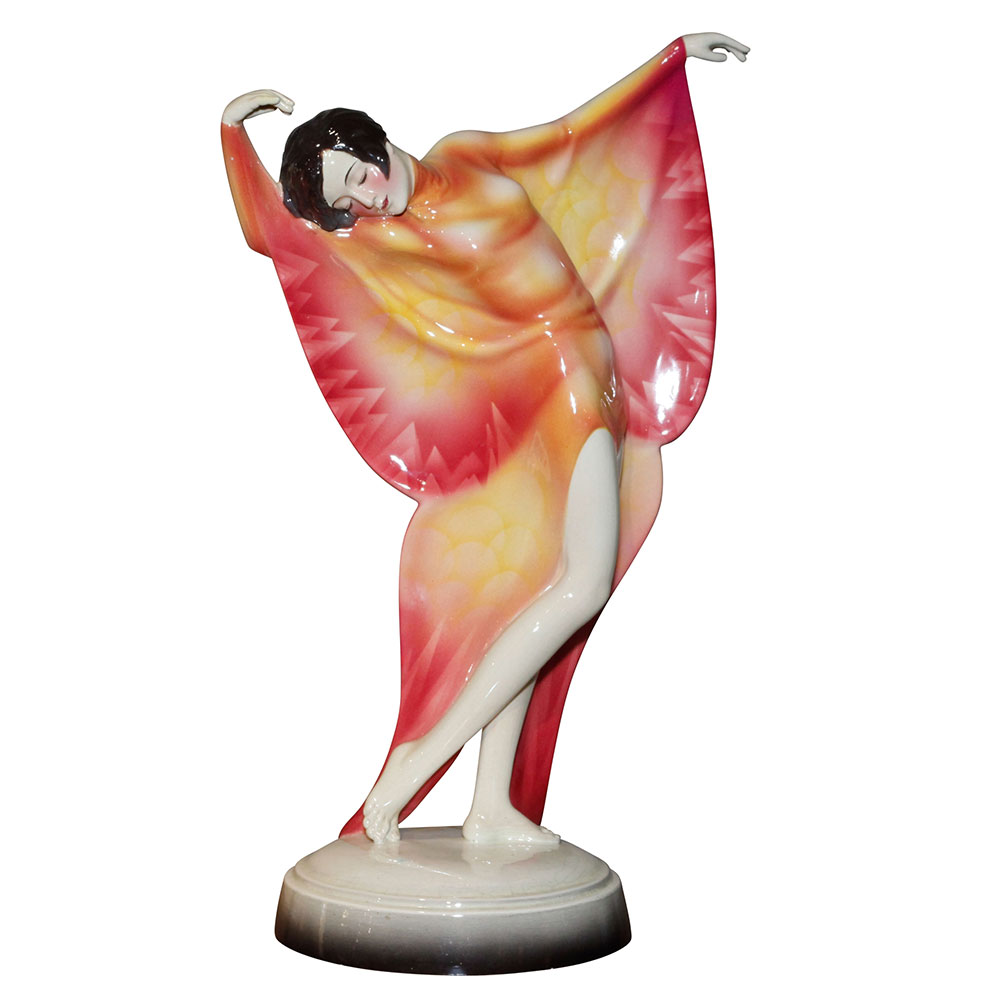
Goldscheider Butterfly
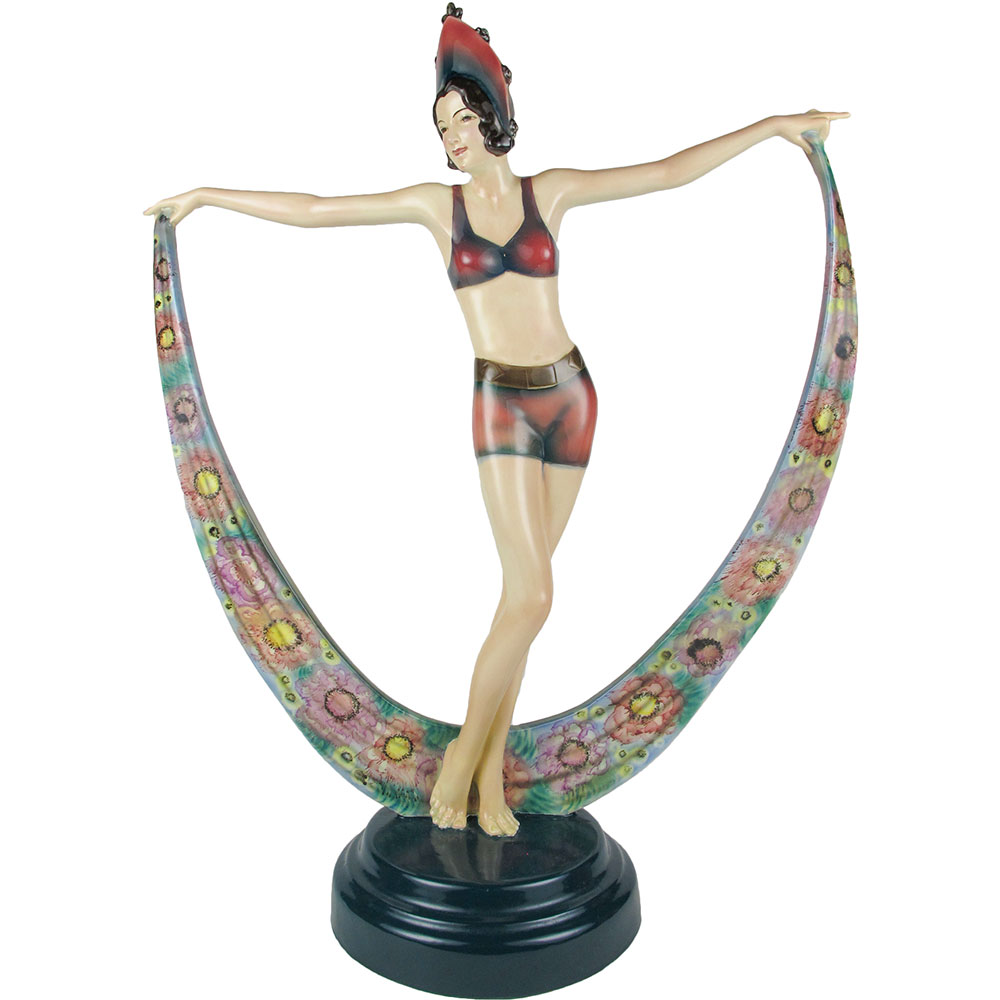
Goldscheider Scarf Dancer
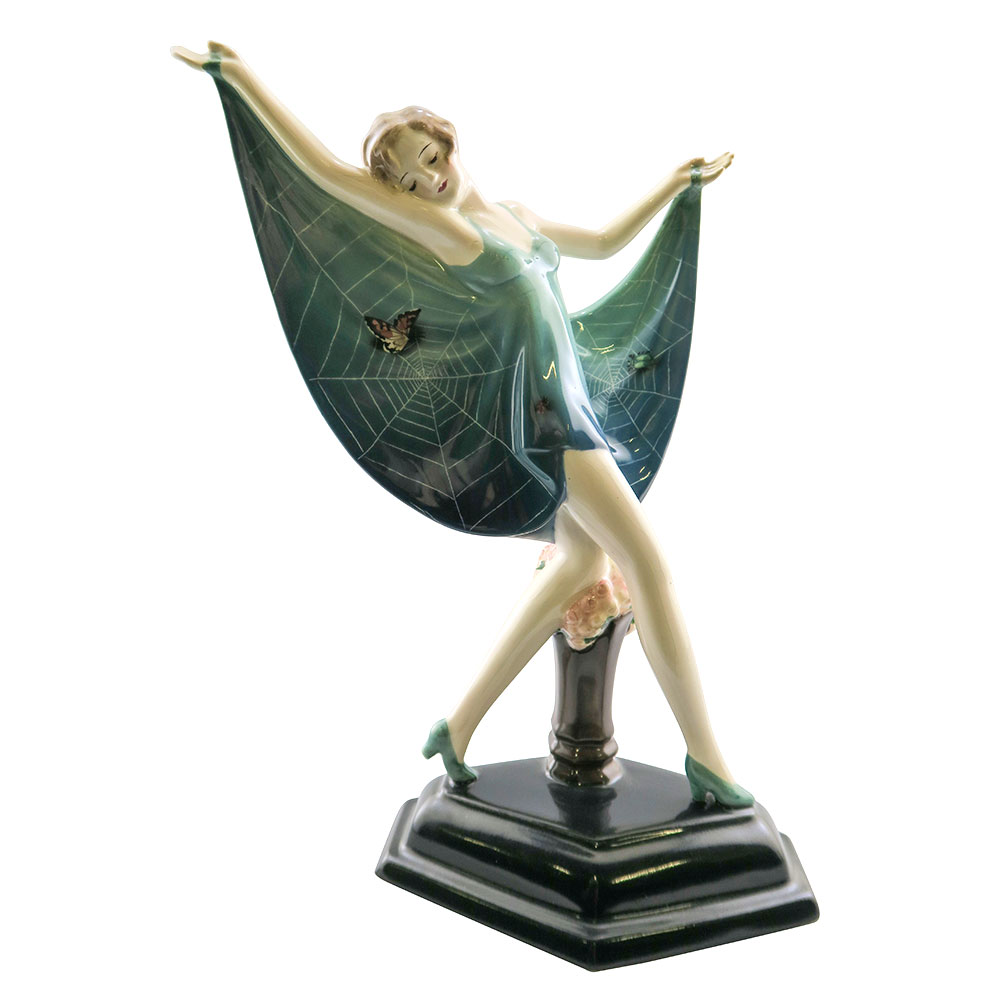
Goldscheider Butterfly
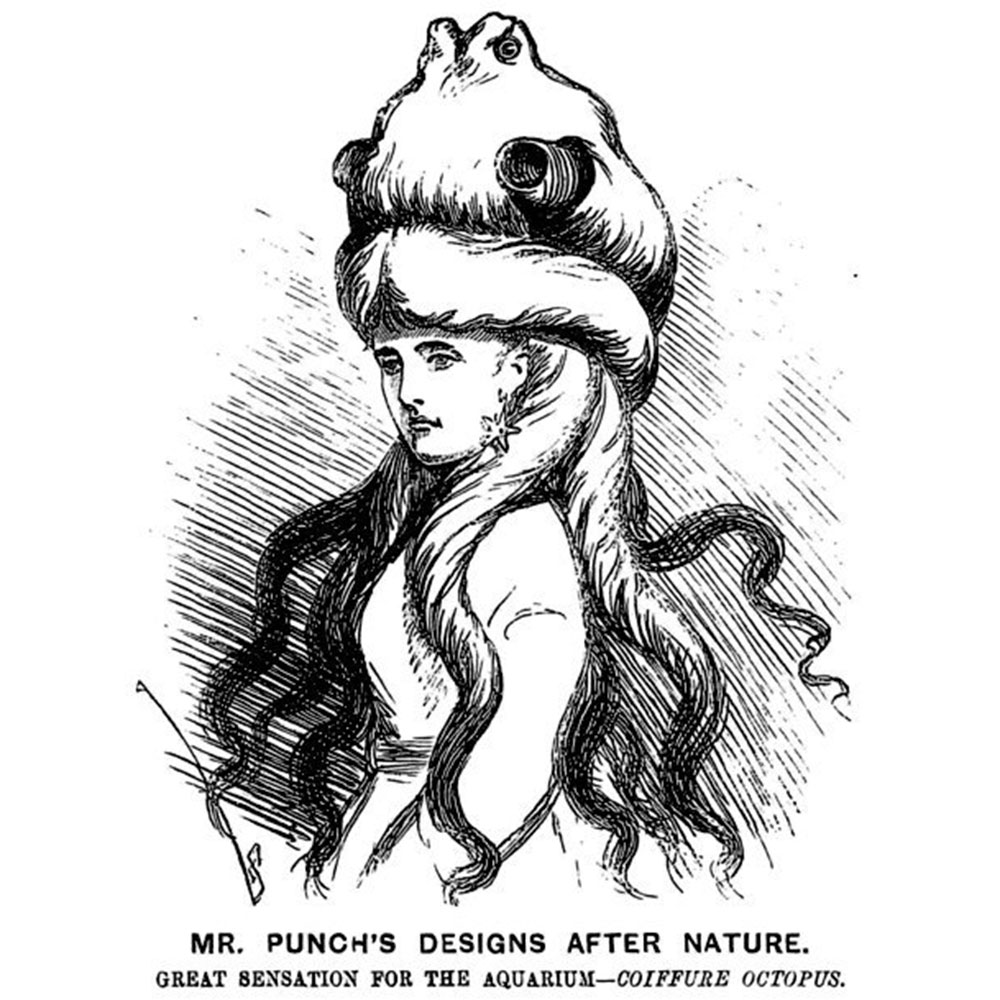
Coiffure Octopus 1873 Sambourne
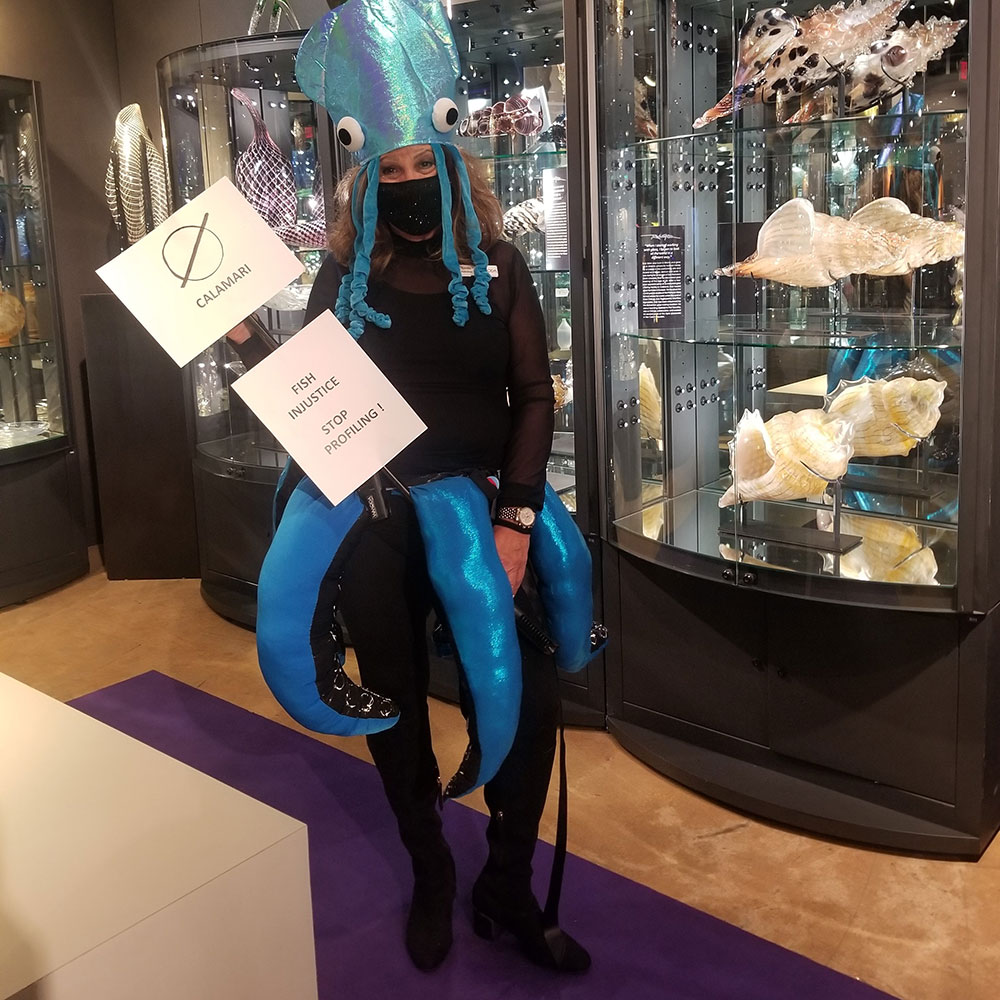
Linda Saft dressed as a Squid for Mermaid Tale event
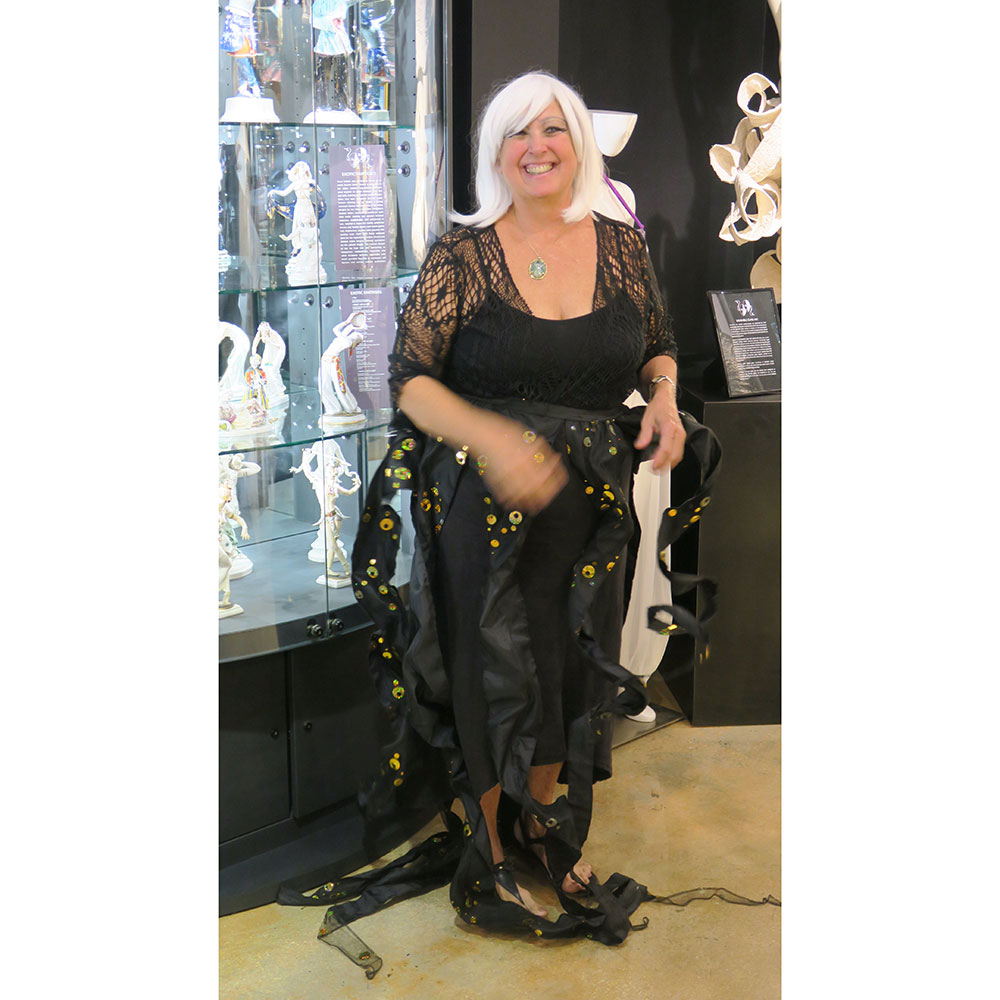
Chelsea Rousso as an Octopus
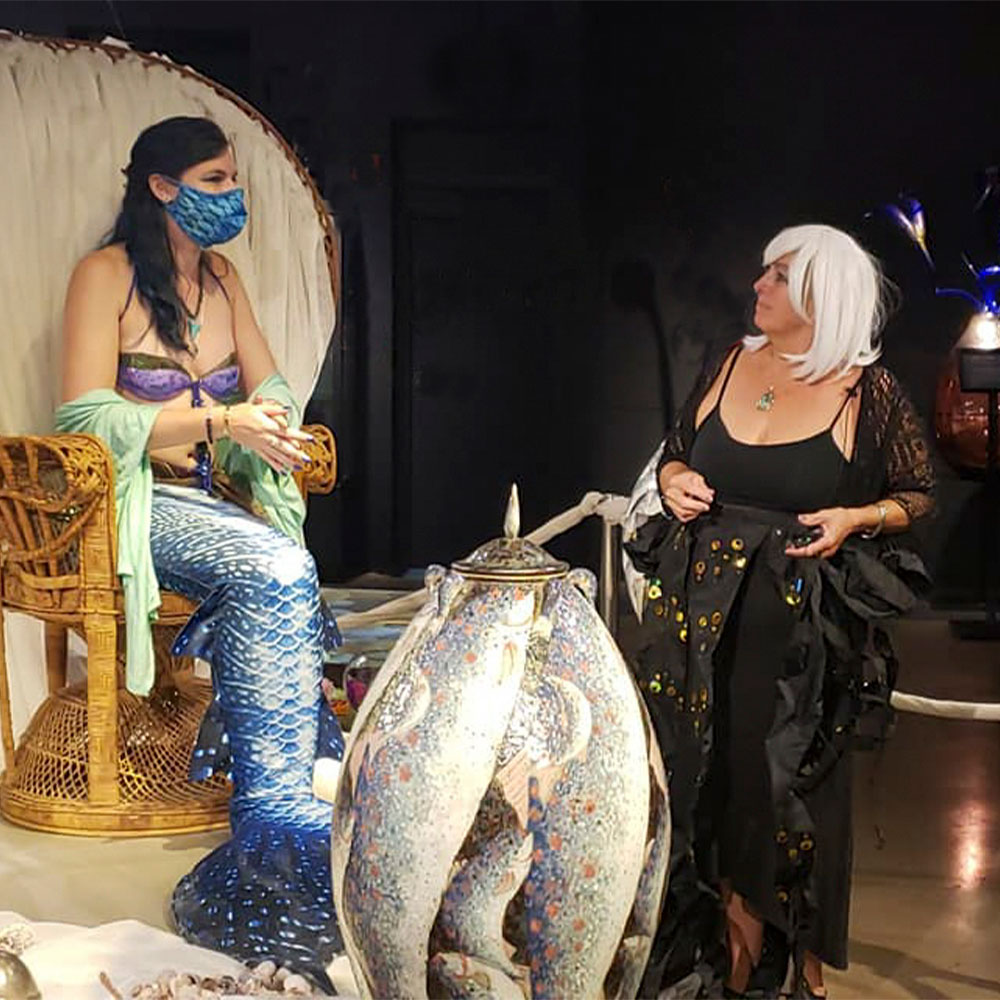
Chelsea Rousso as an Octopus with Rhanu the Mermaid
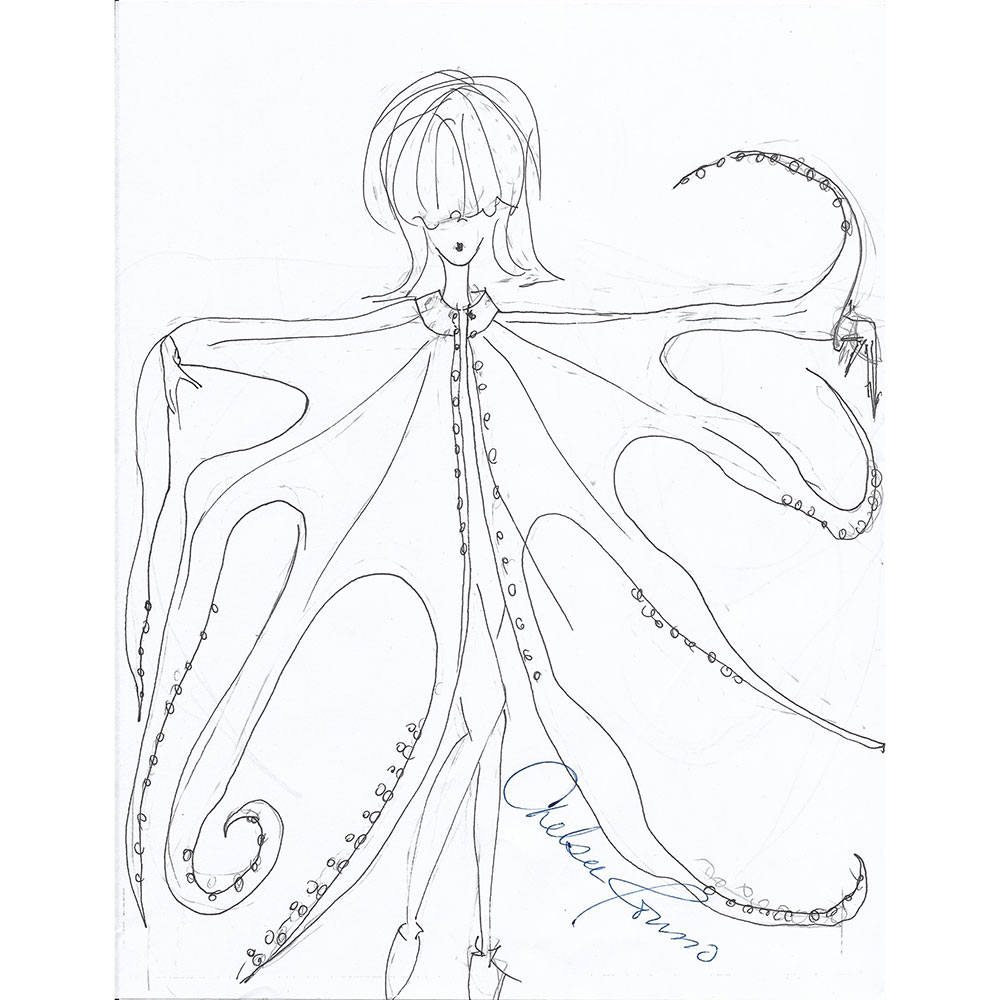
Design Sketch for Octavia the Octopus by C. Rousso
Read more about Josh Fradis...
Josh Fradis- The Octopus Shell Collector
Josh Fradis - Shop WMODA
Josh Fradis - A Sea of Glass
